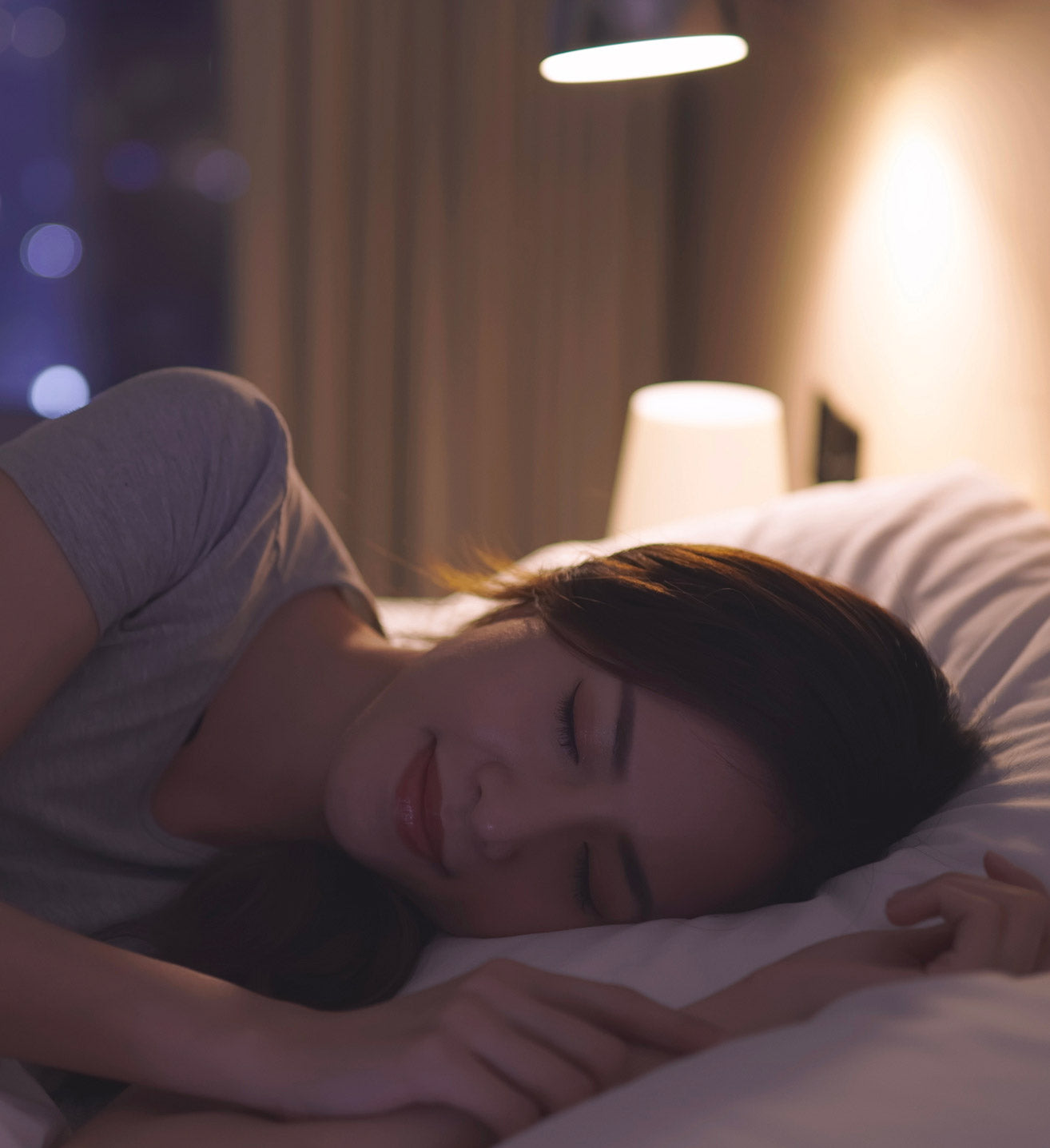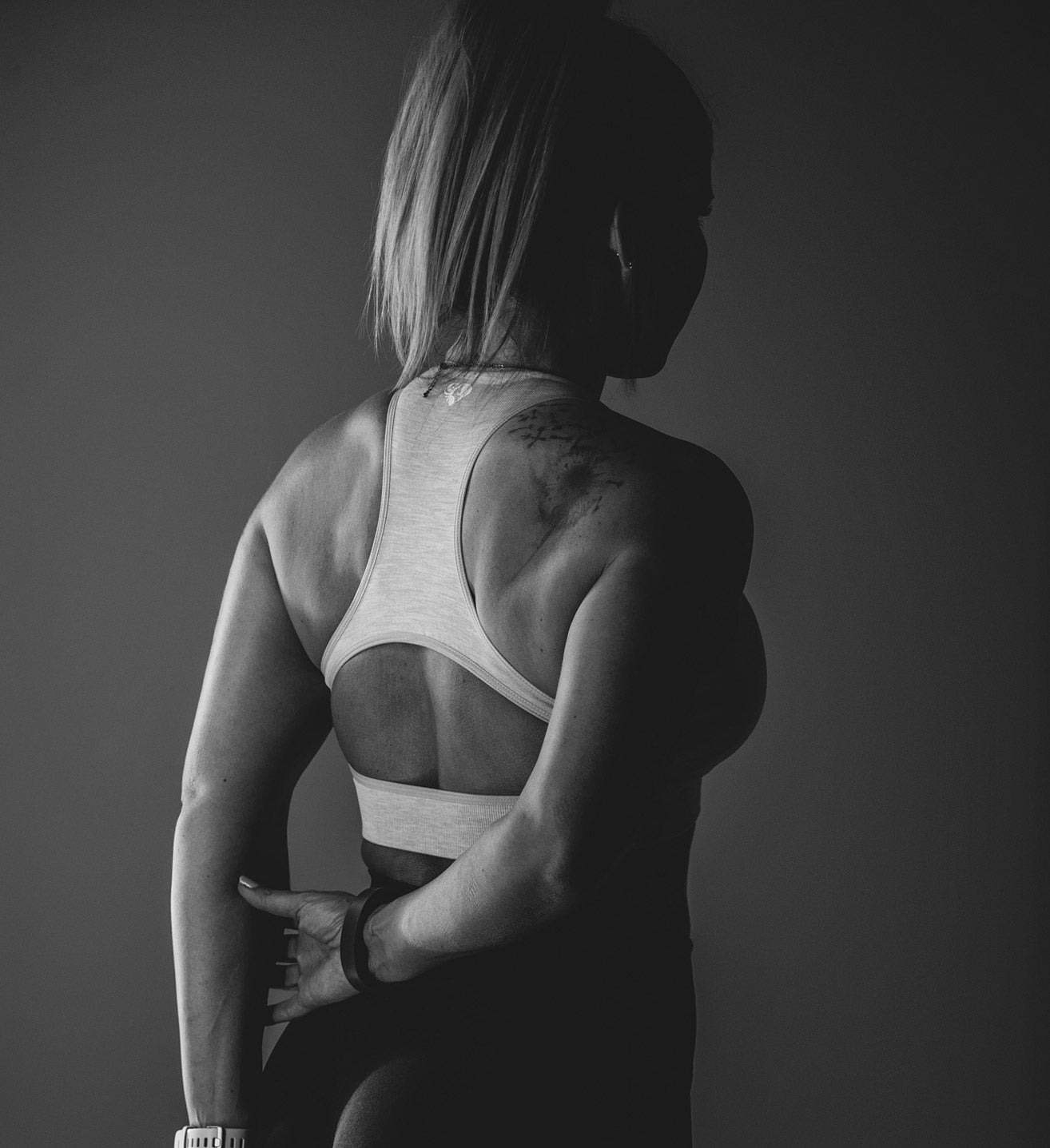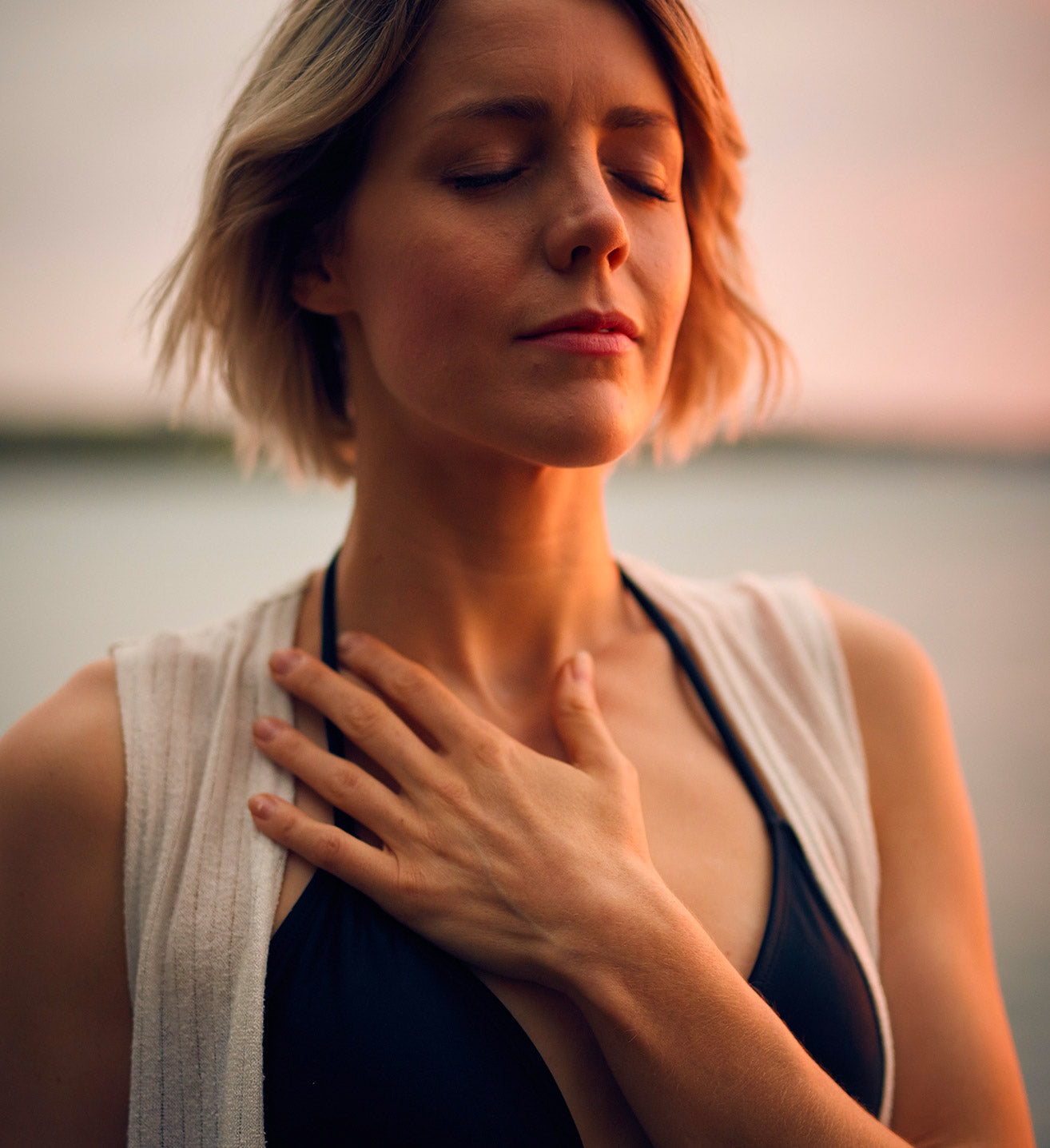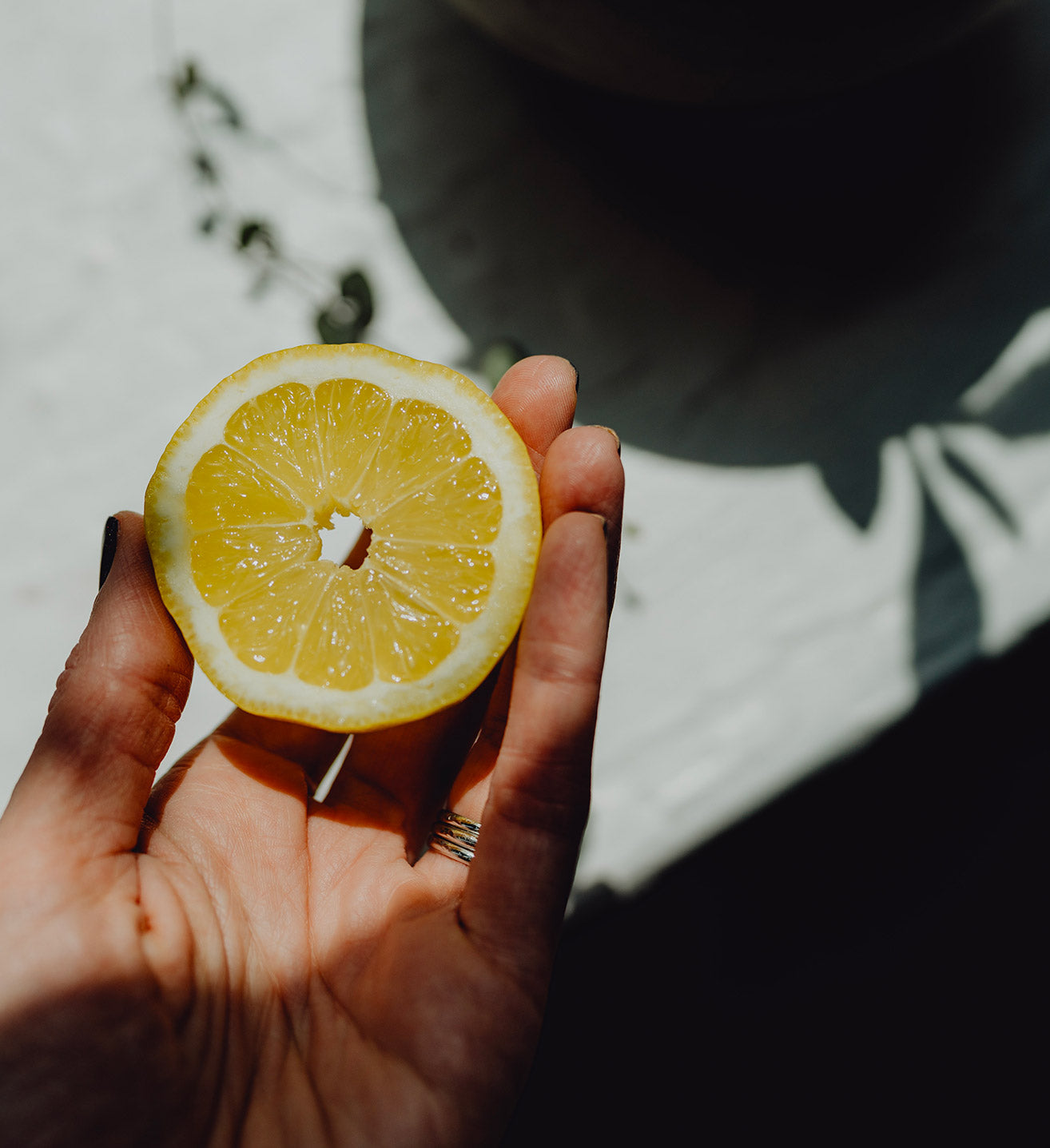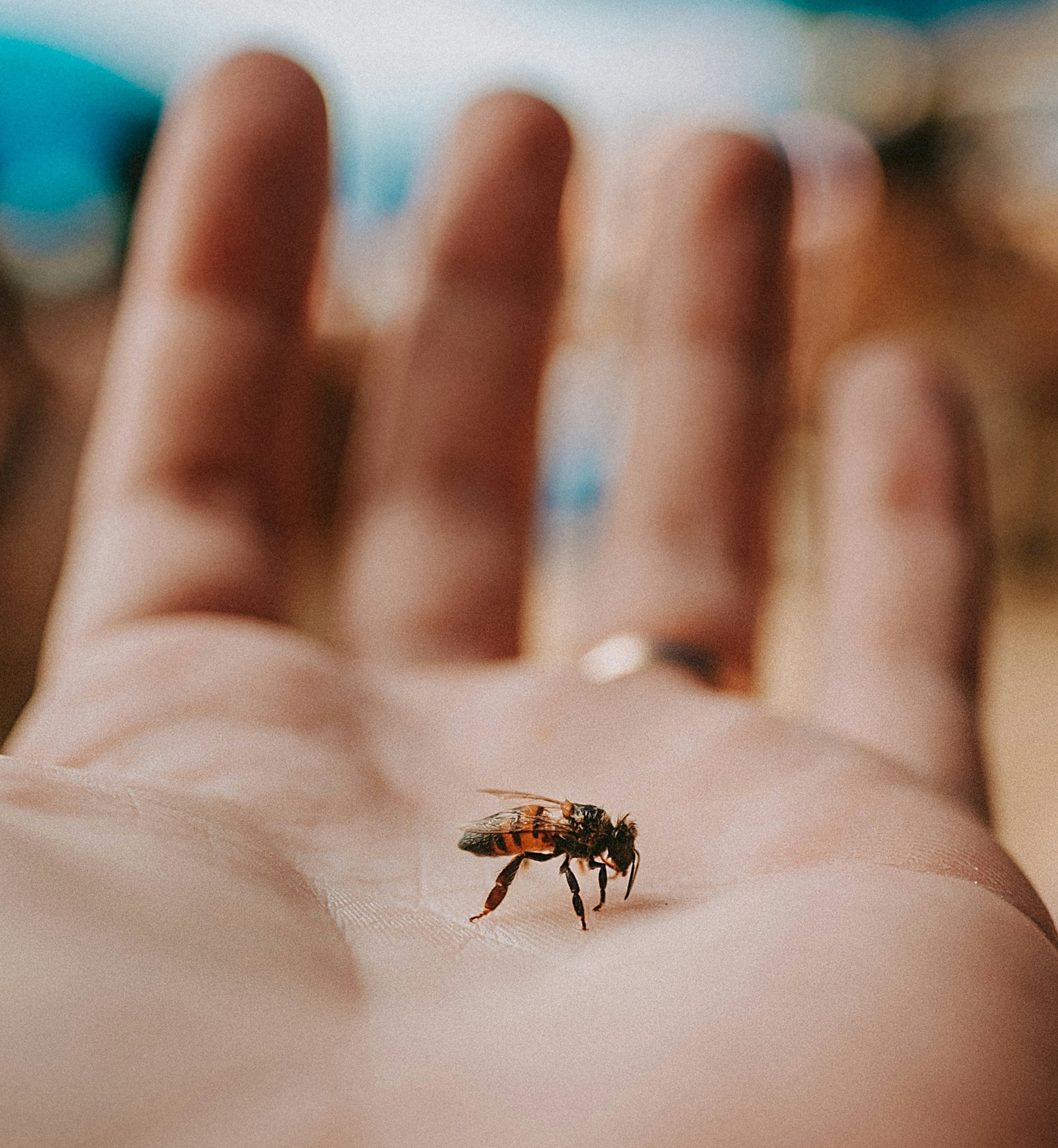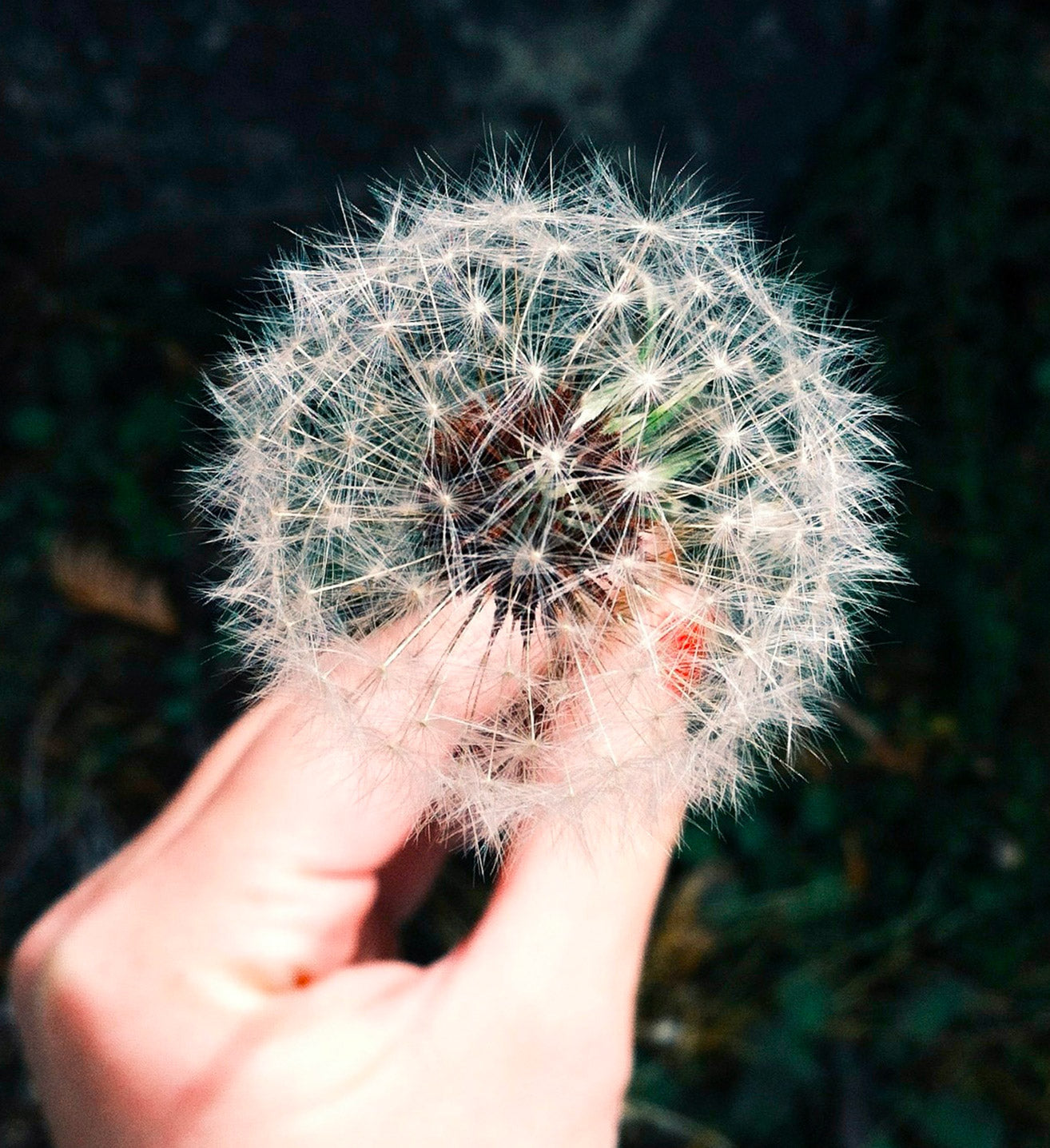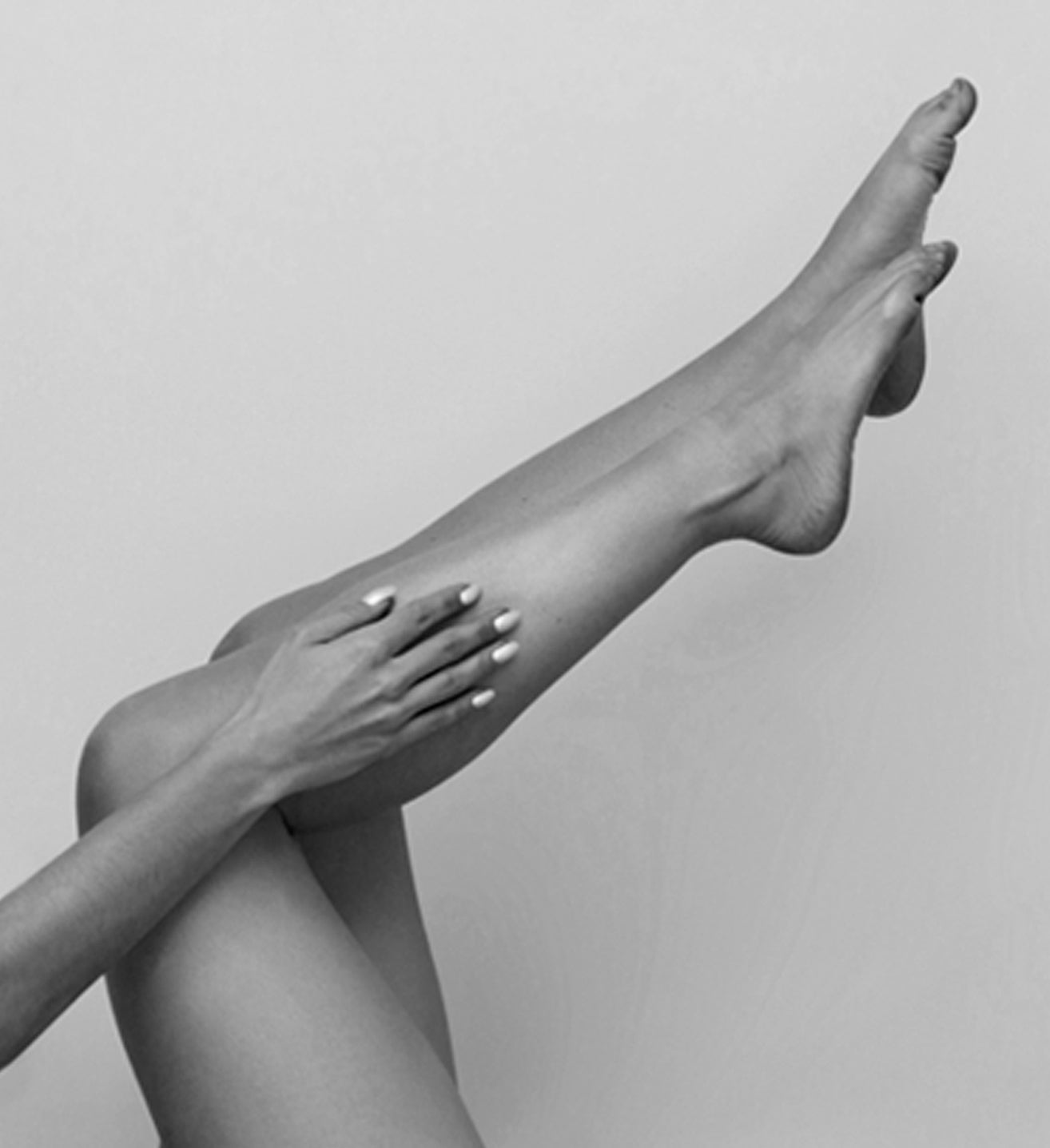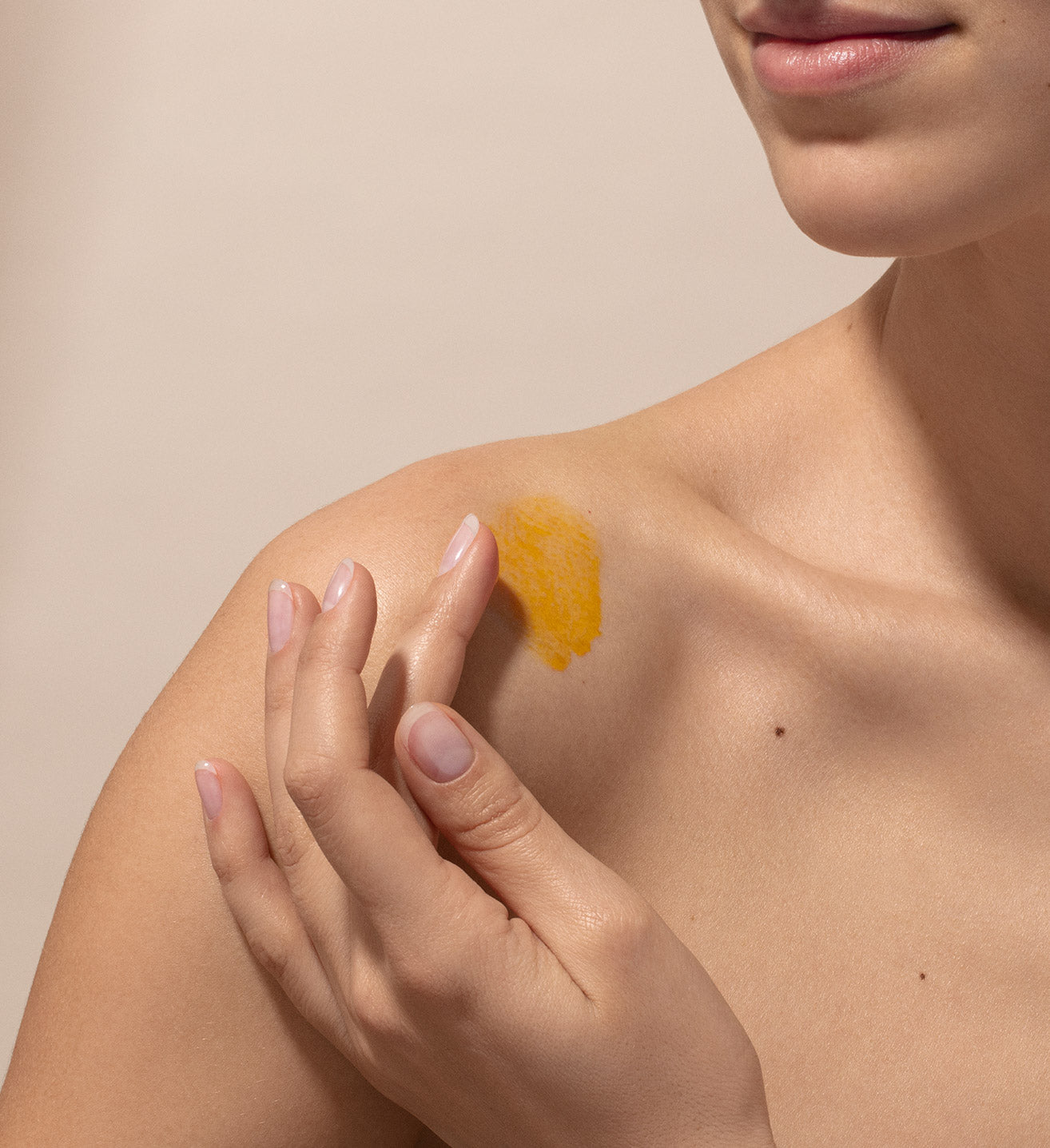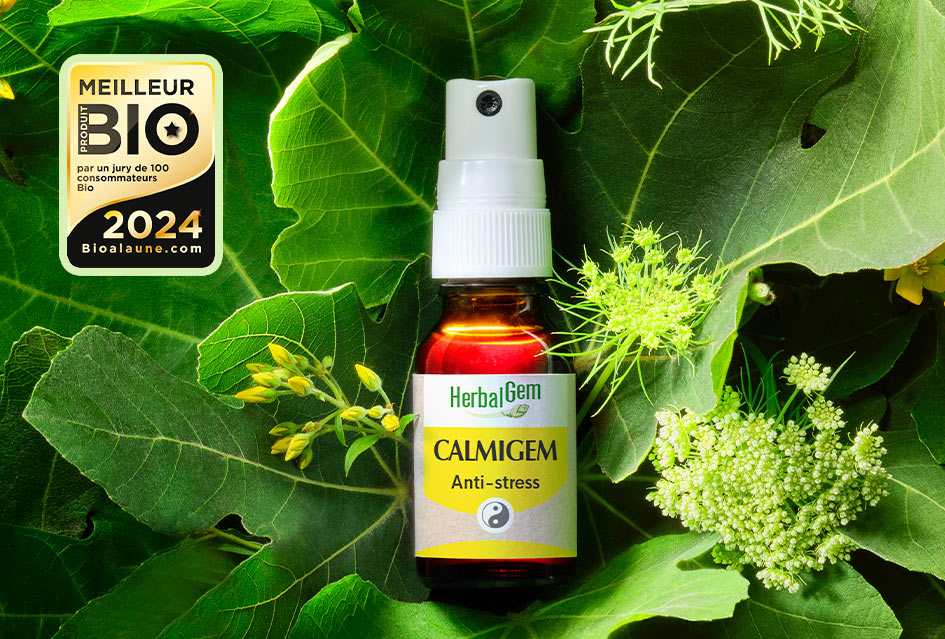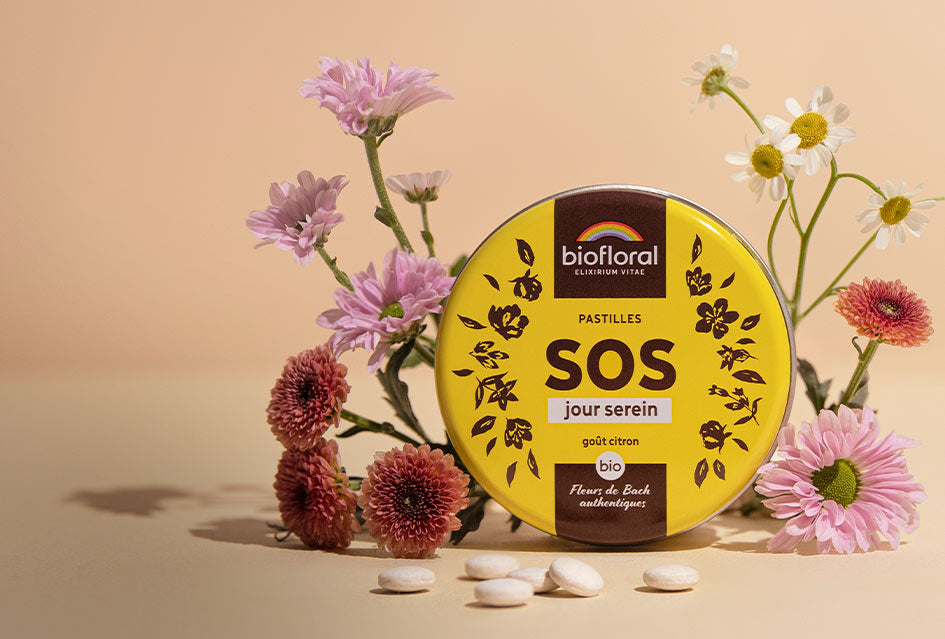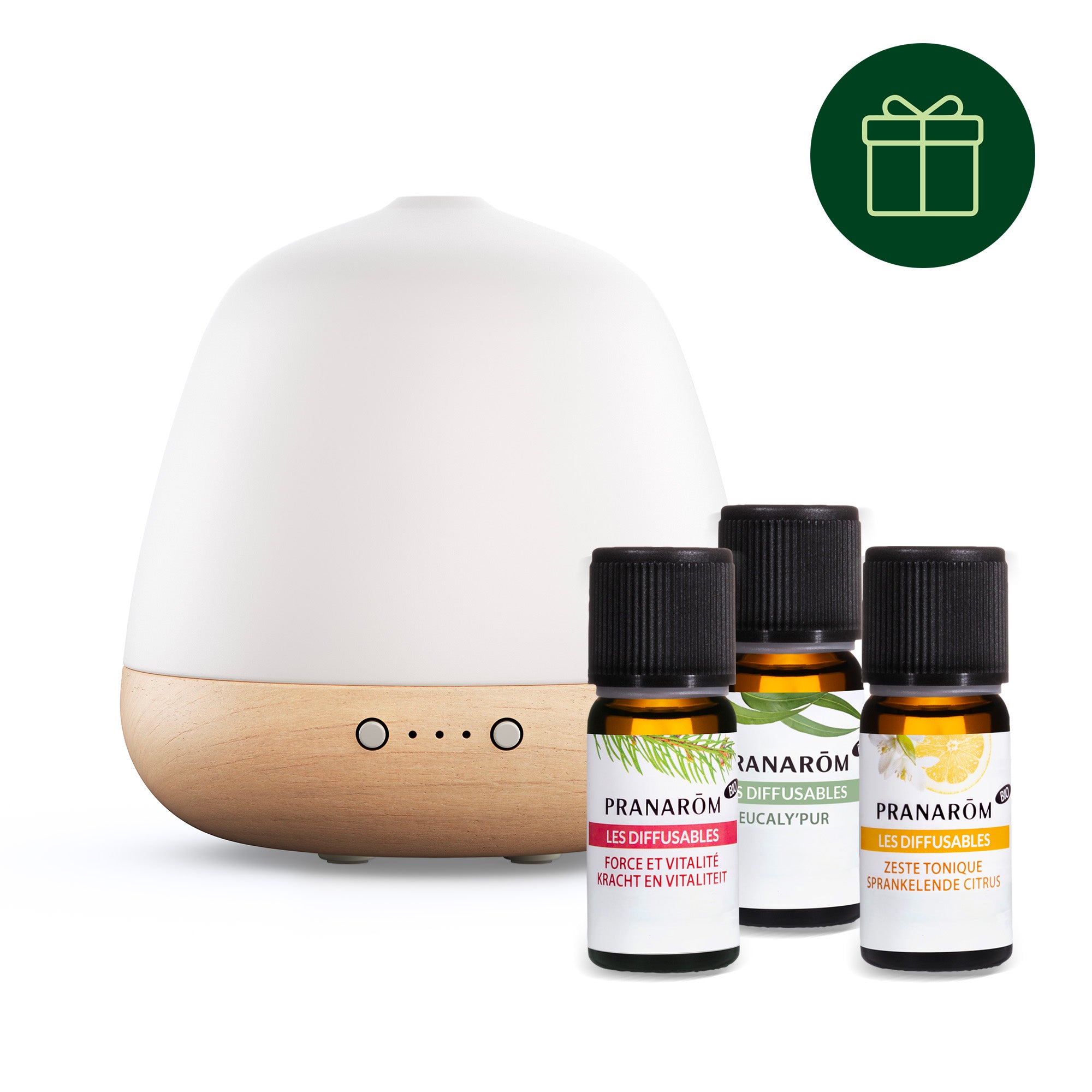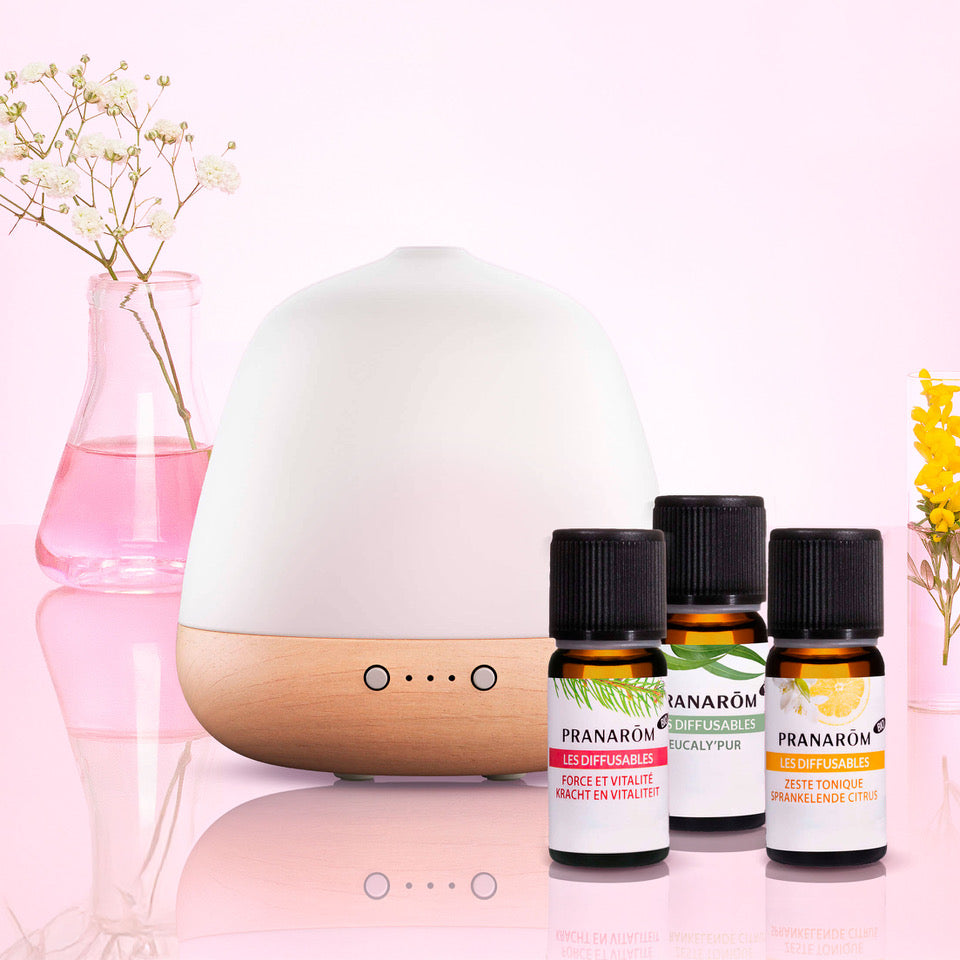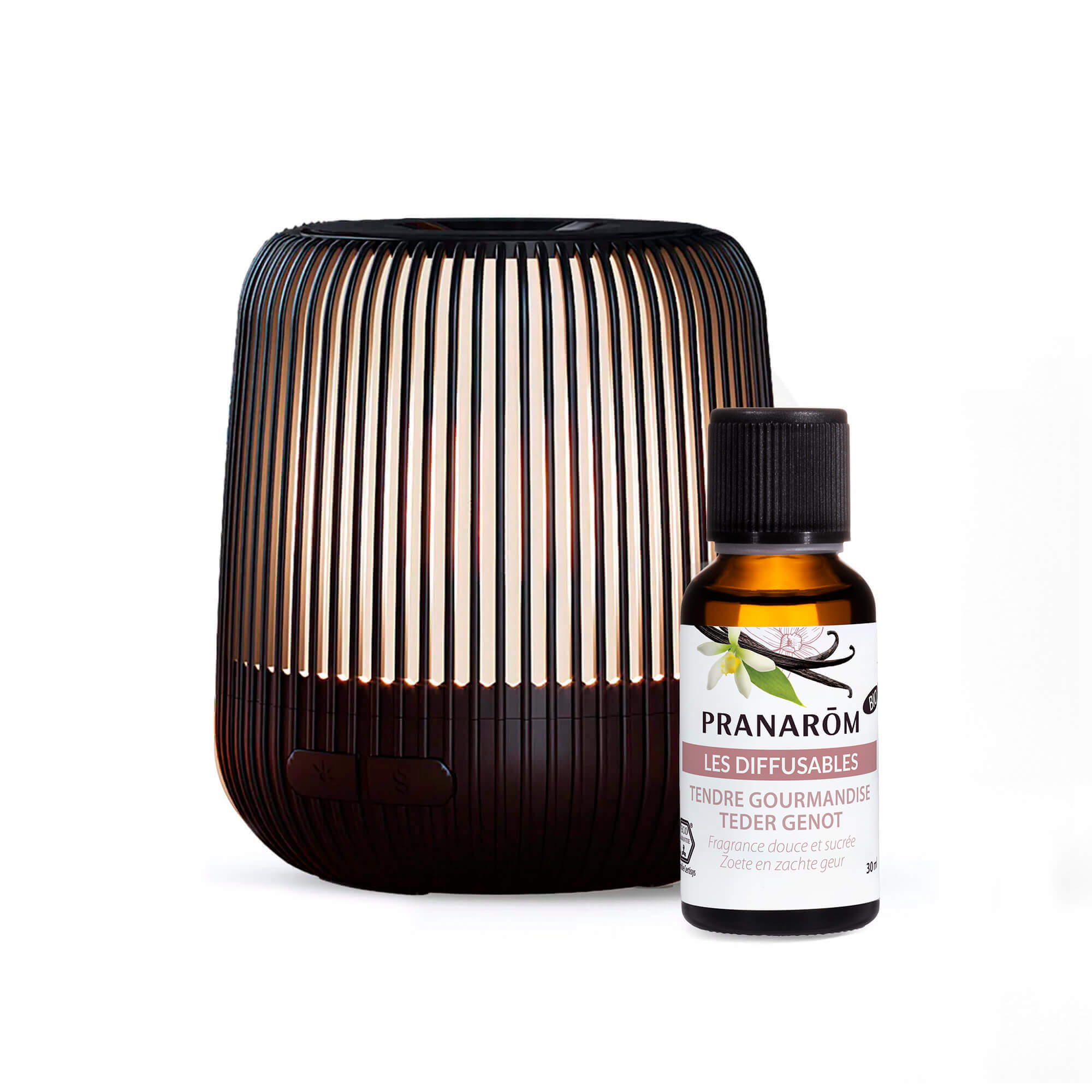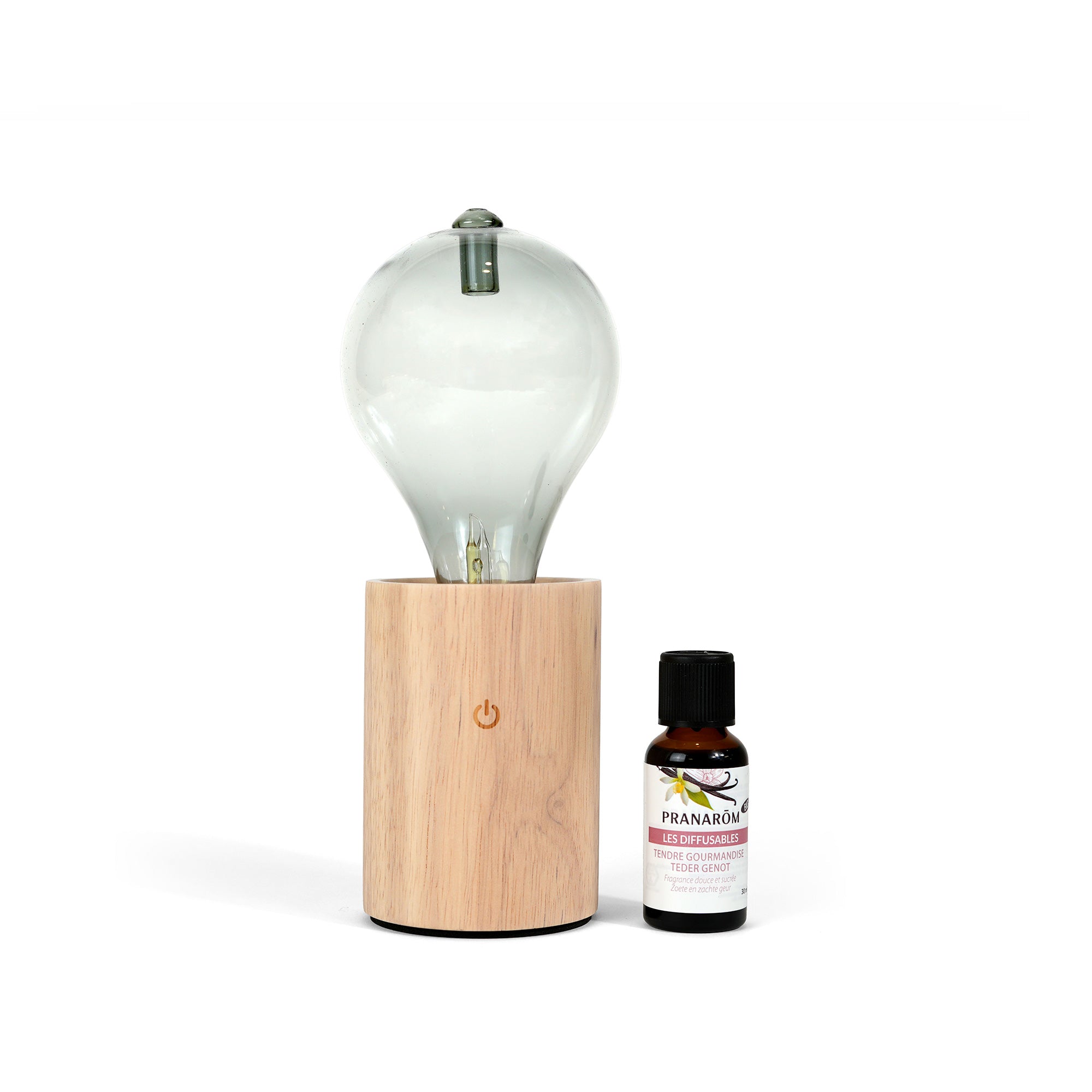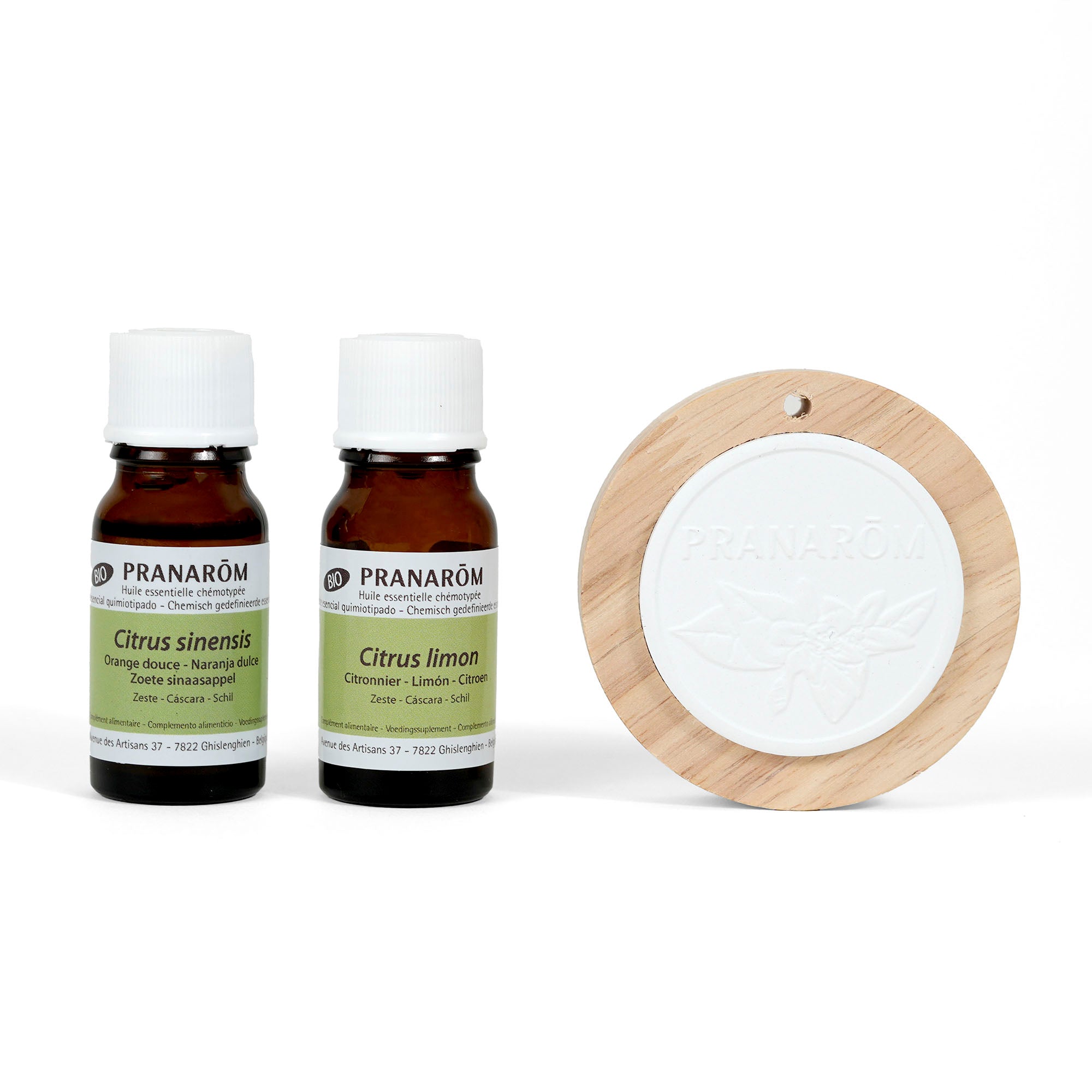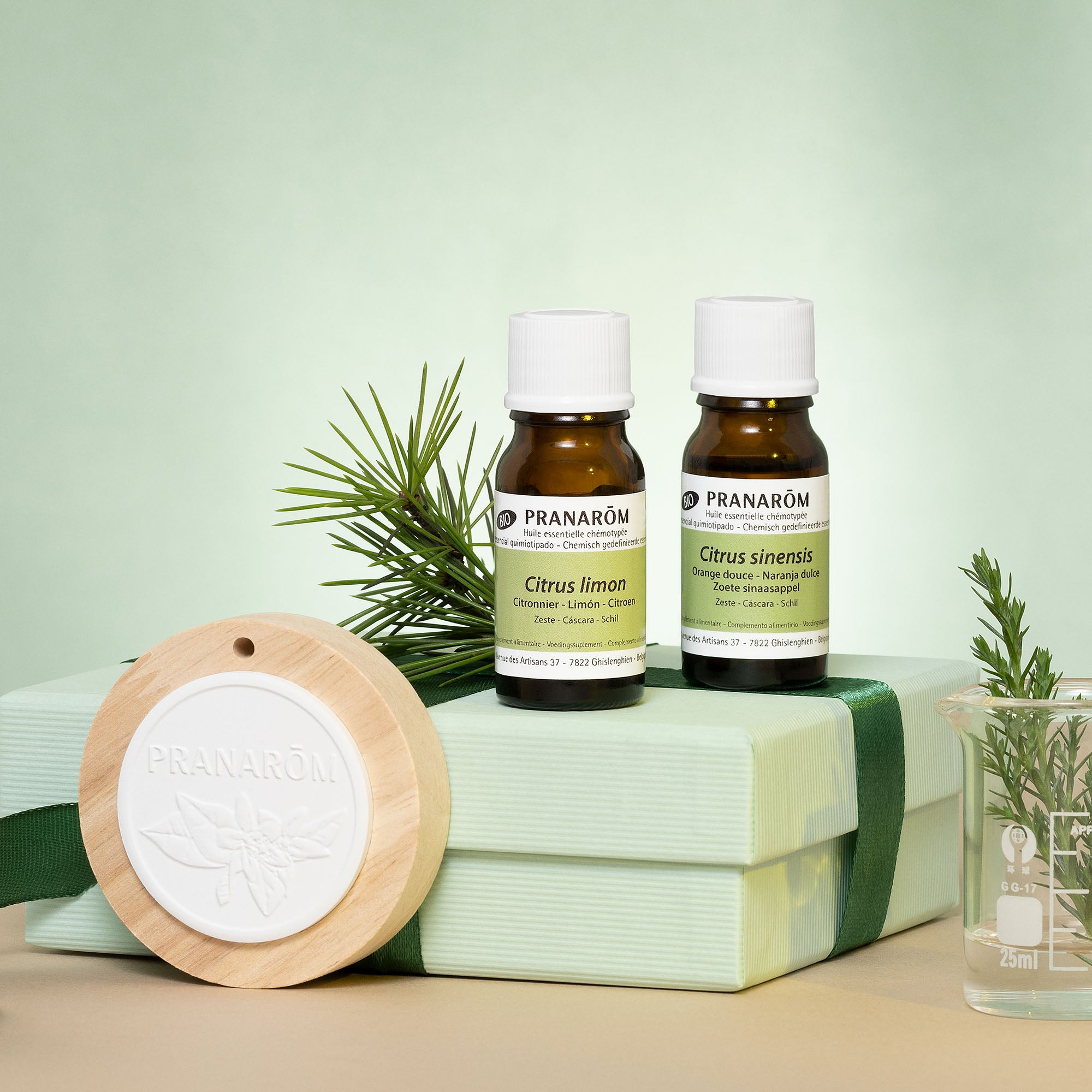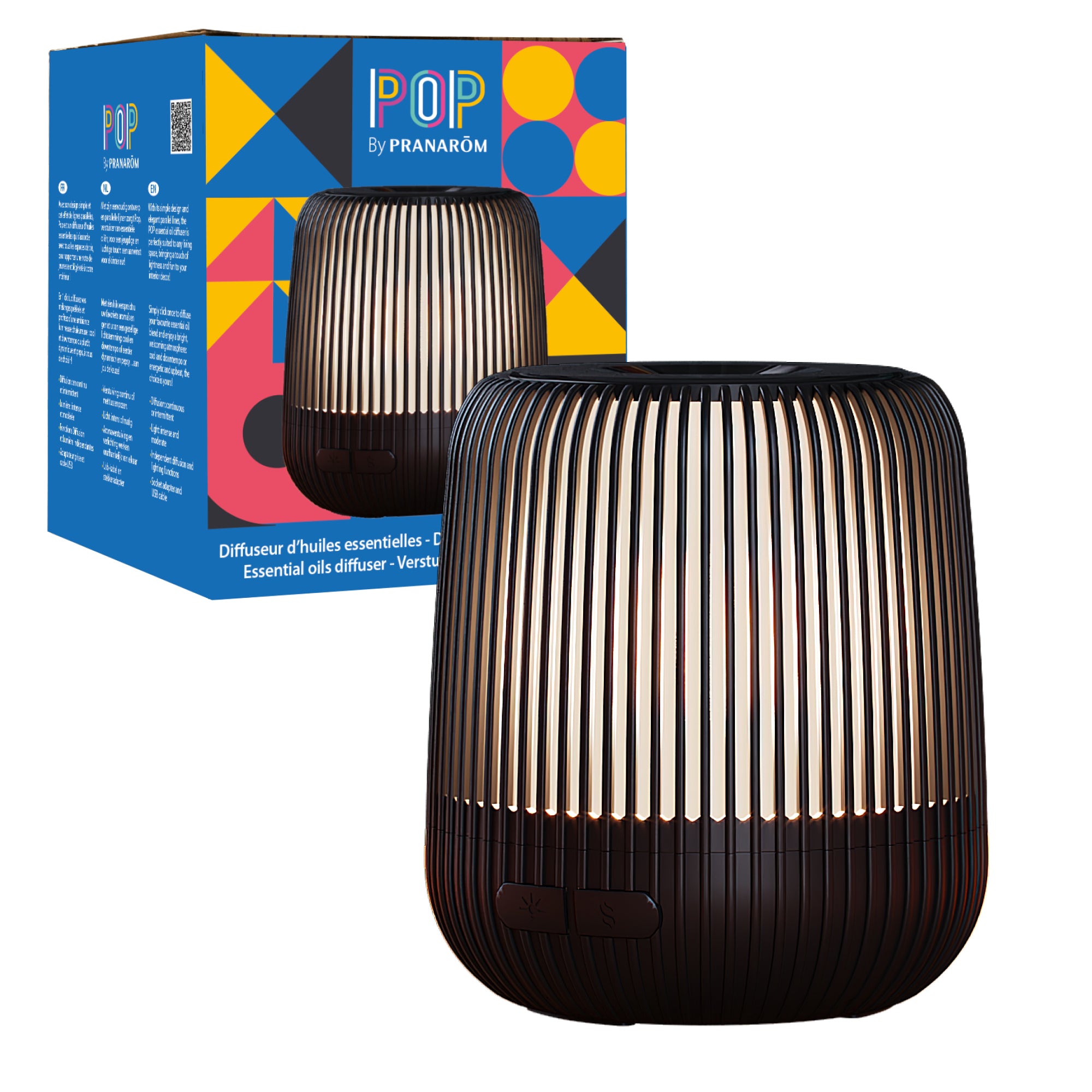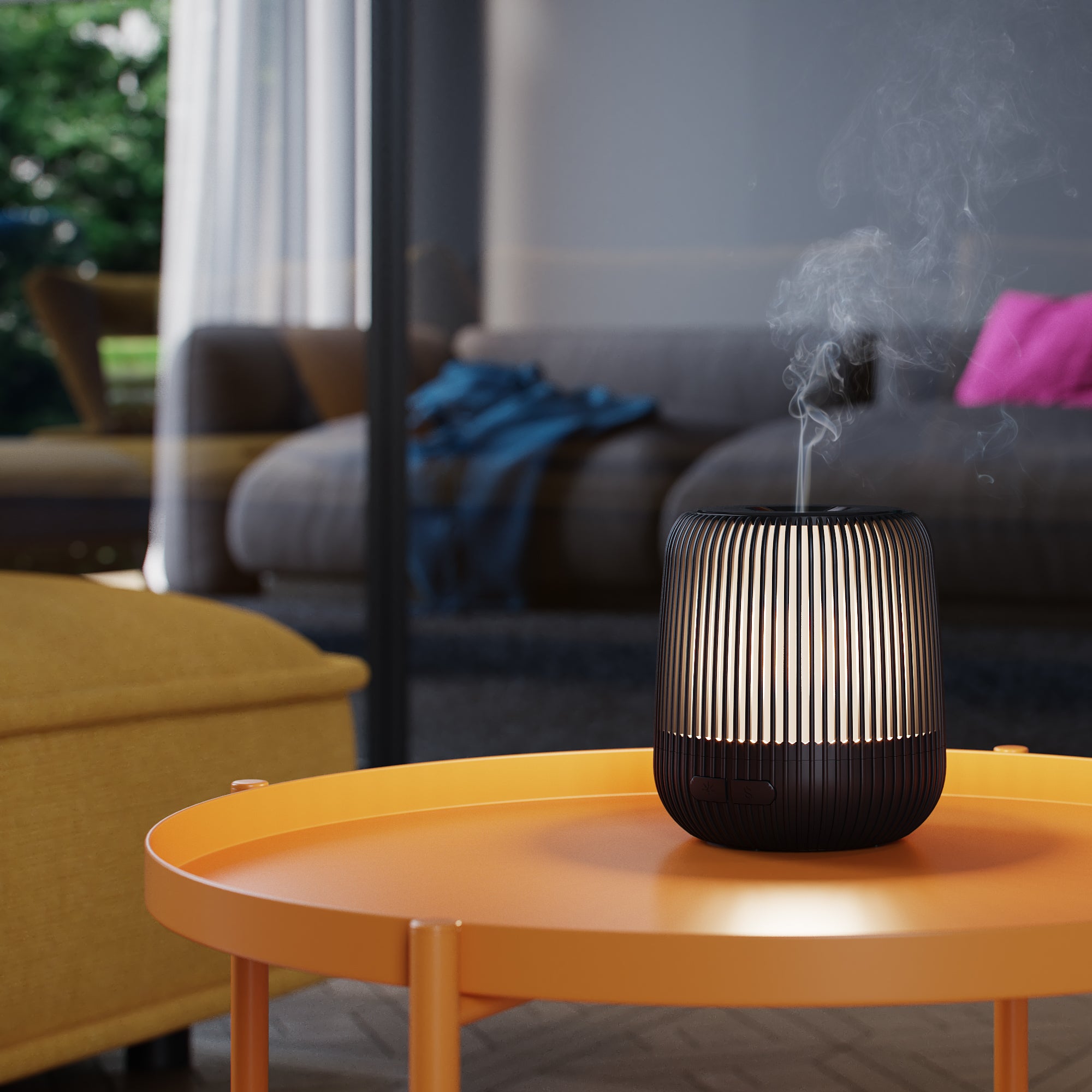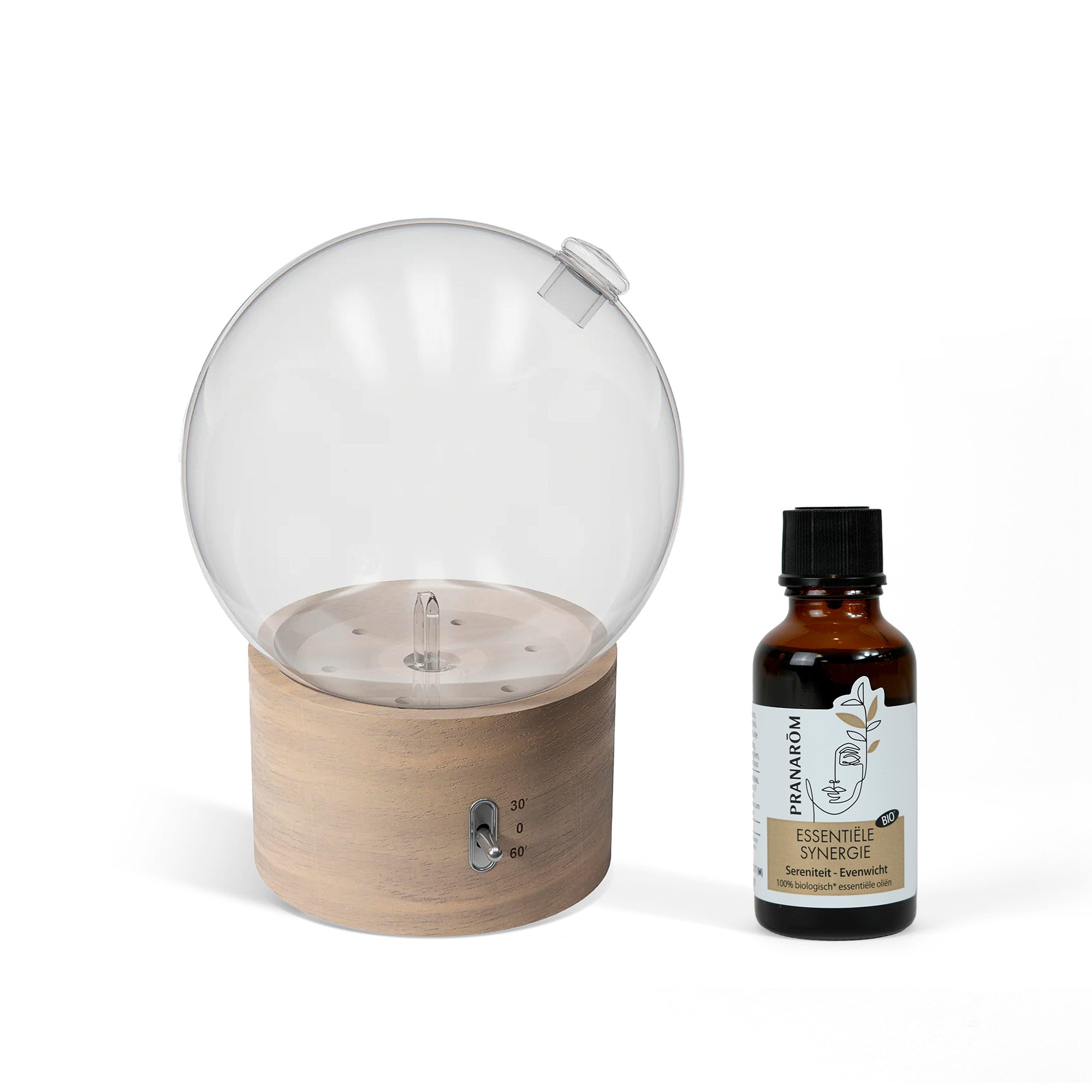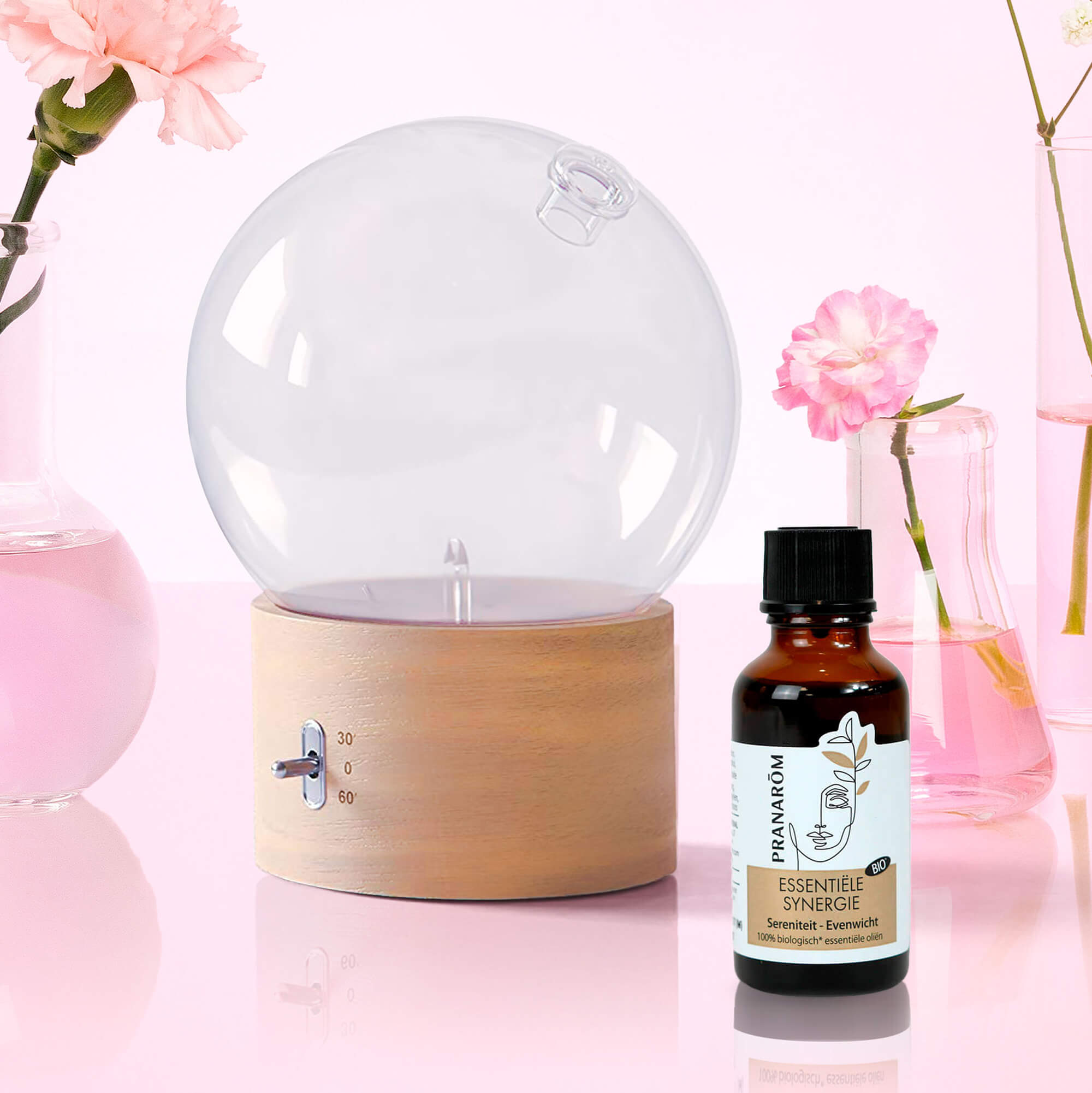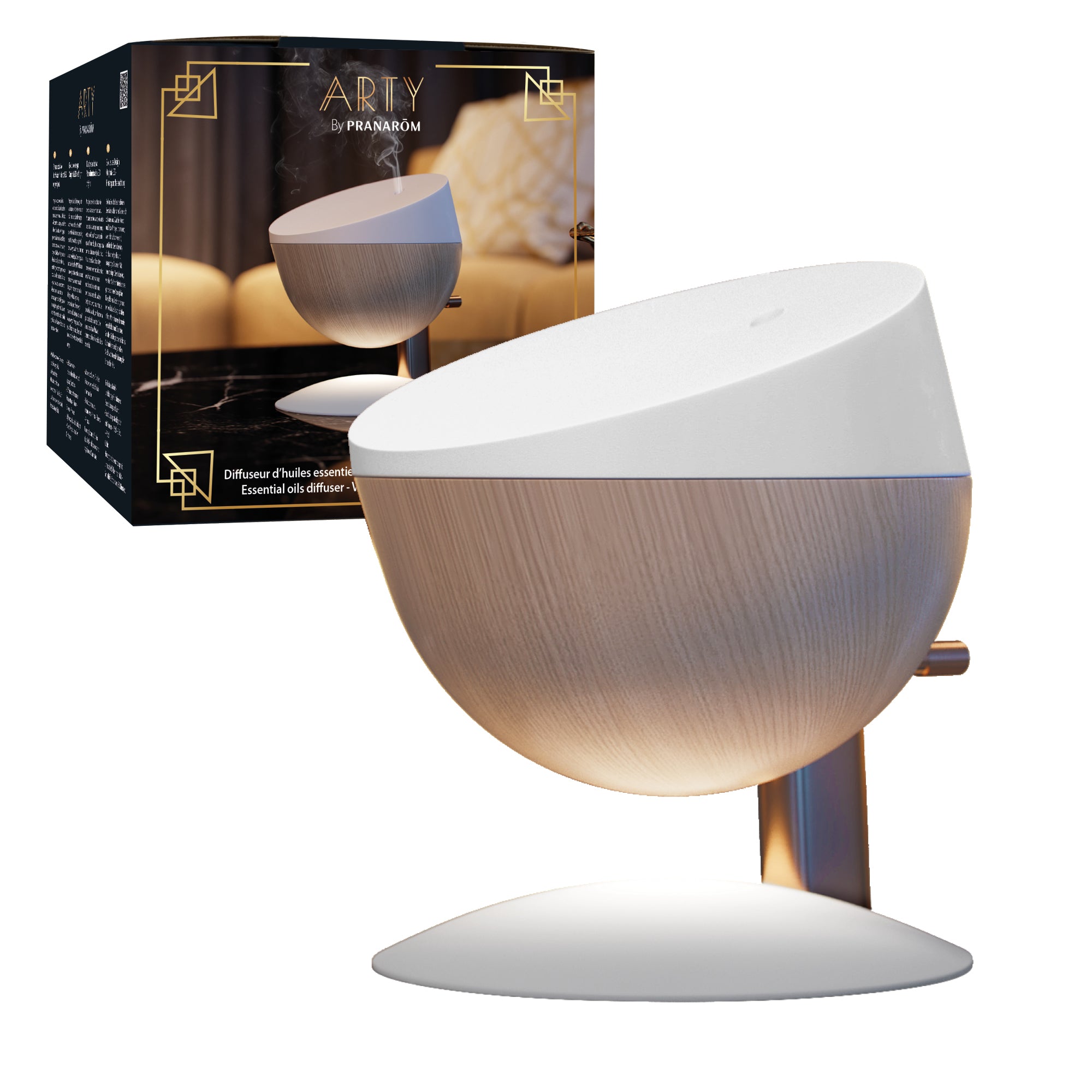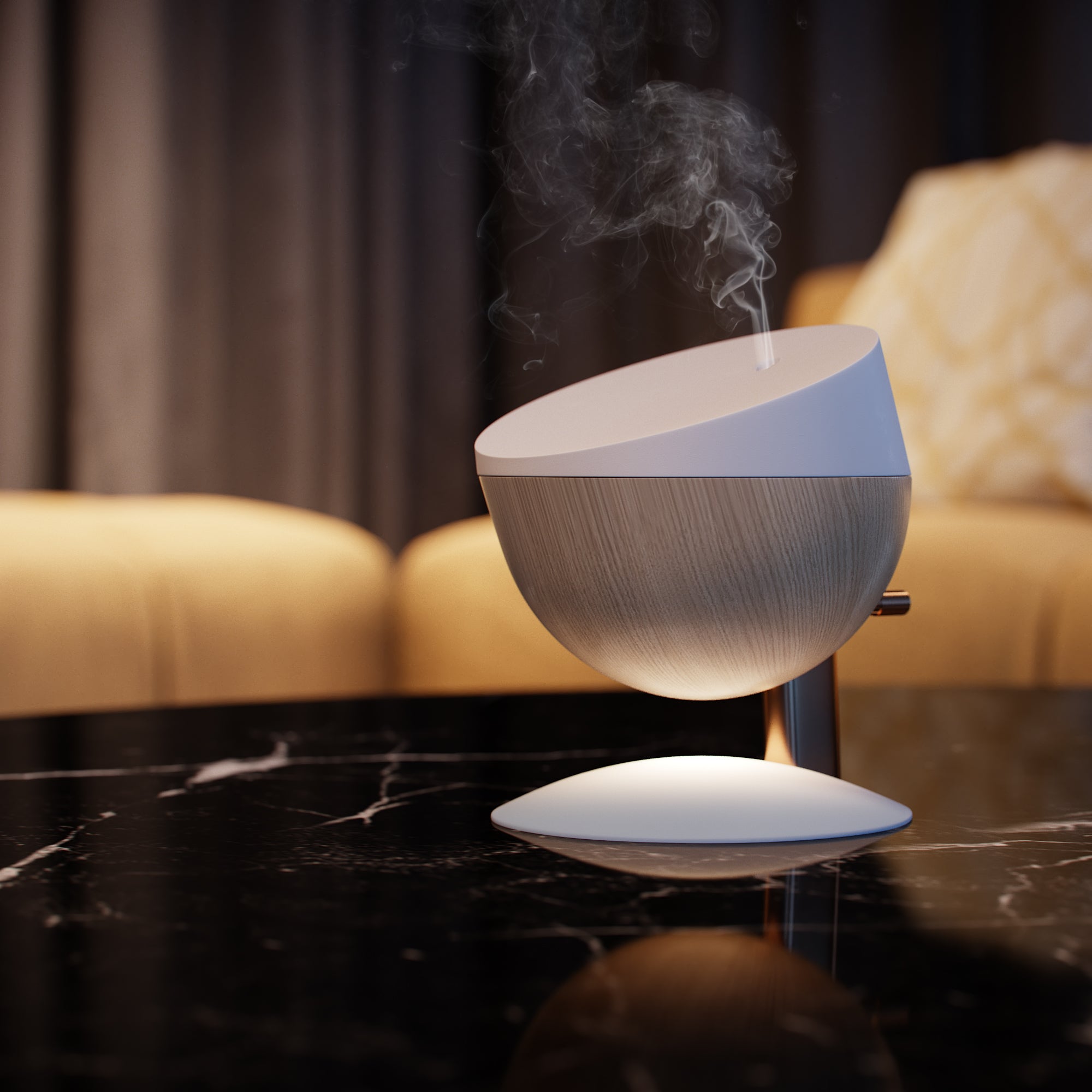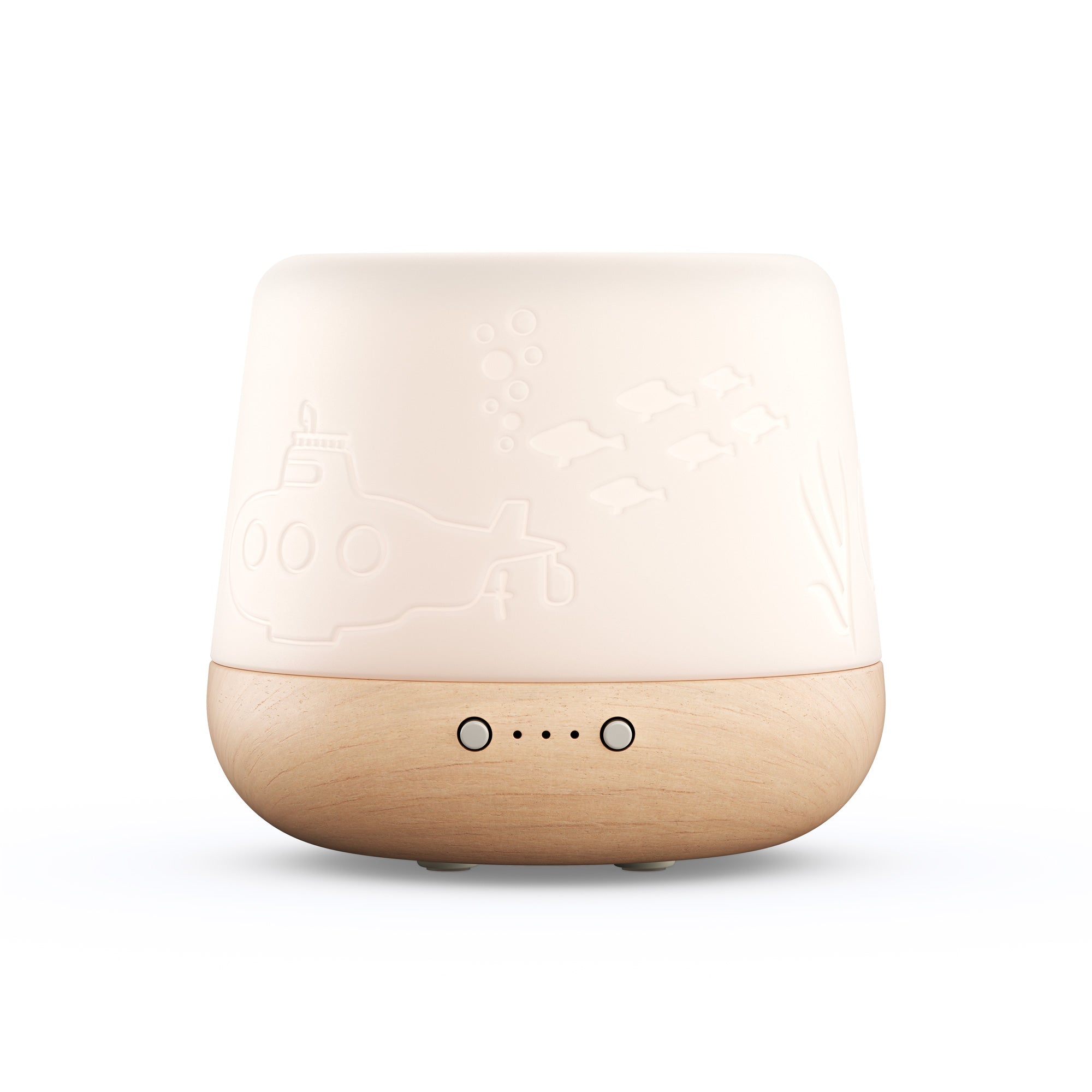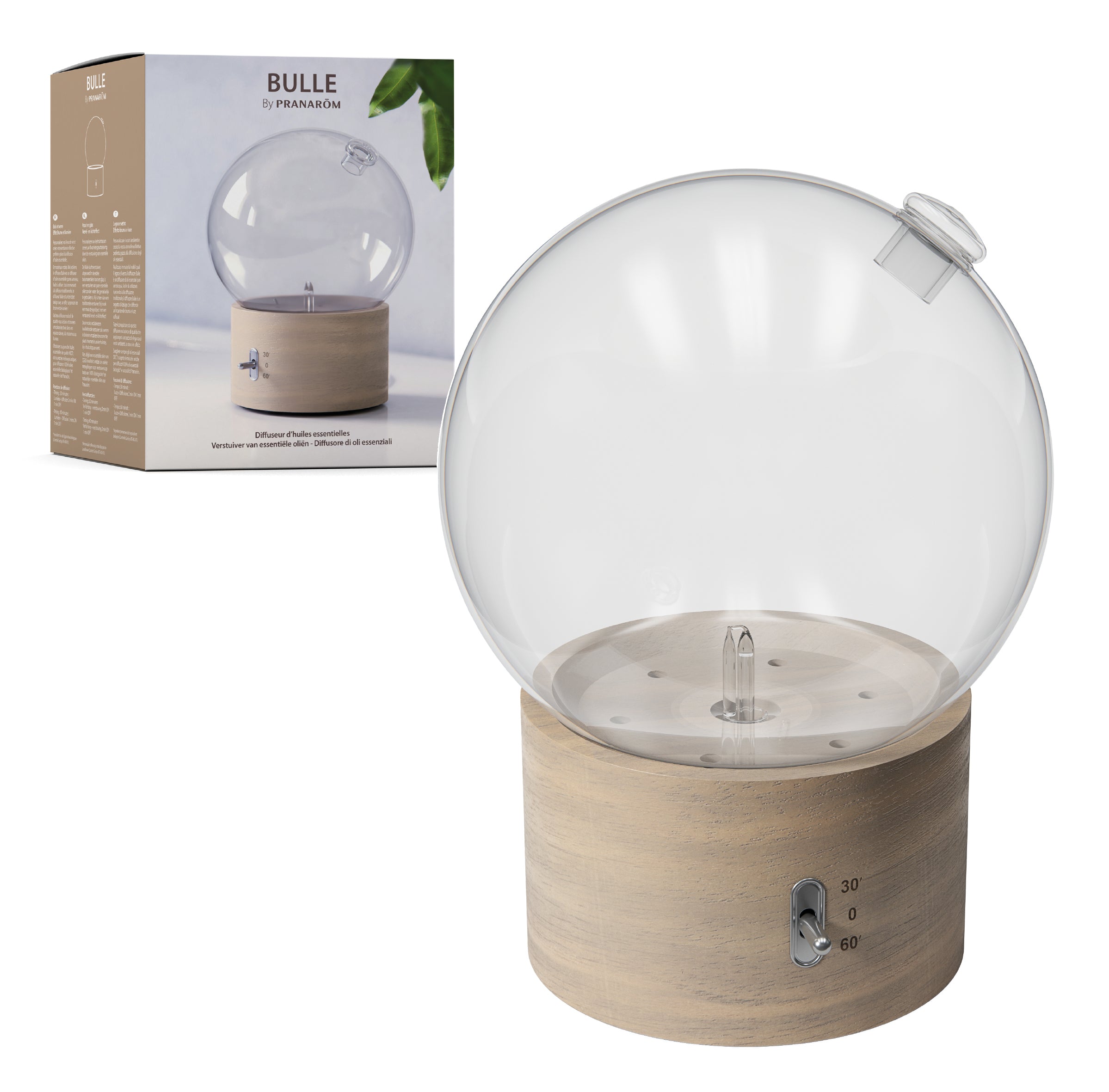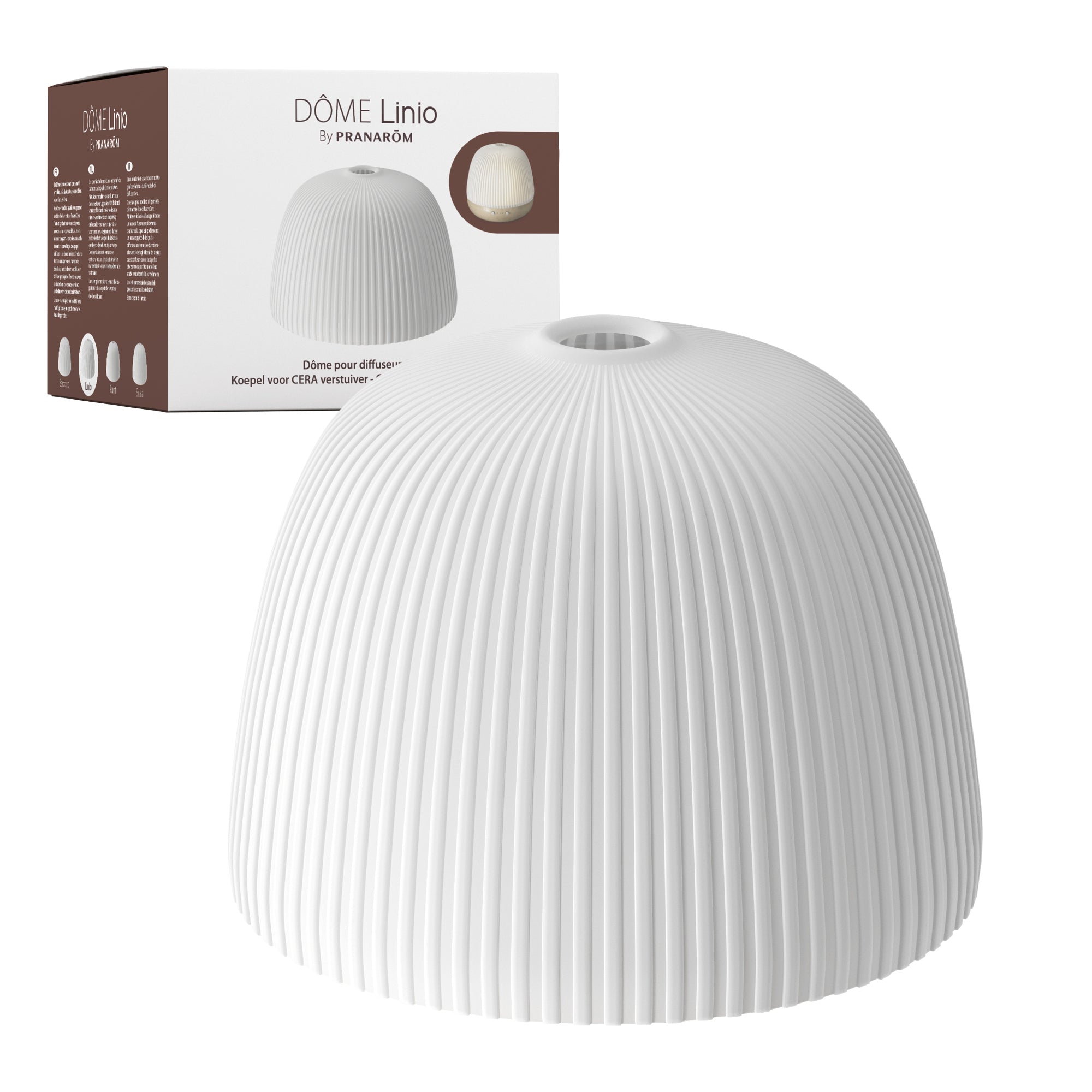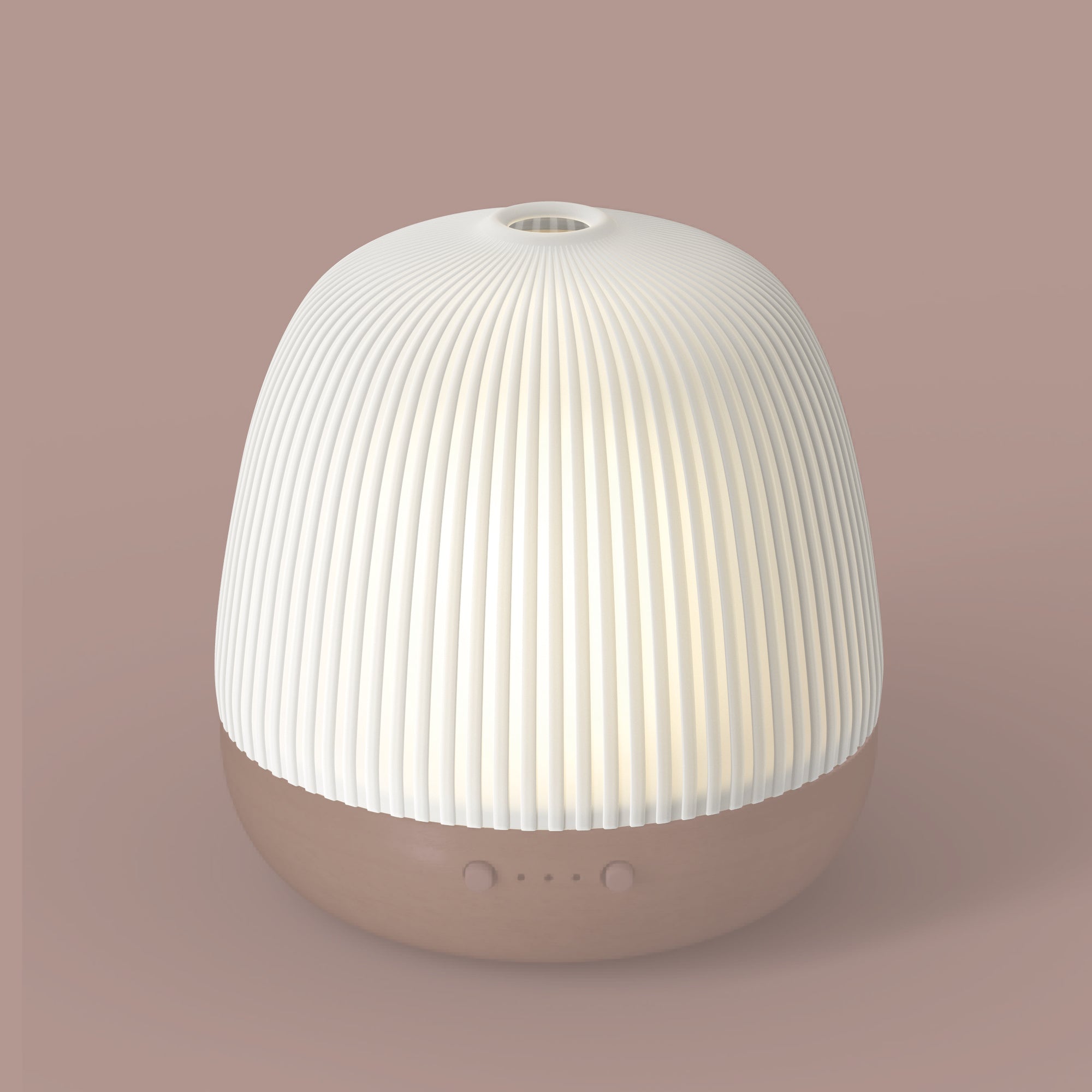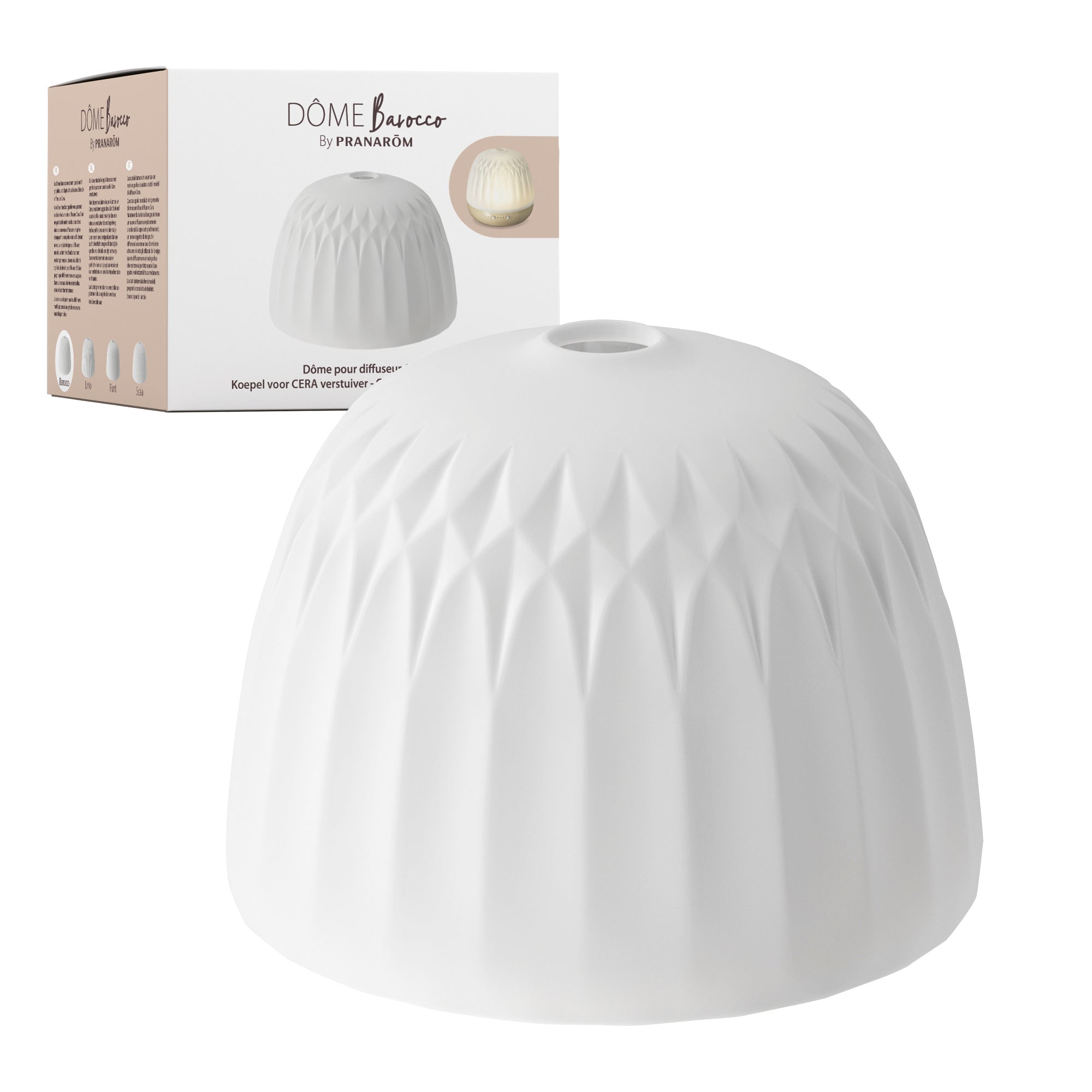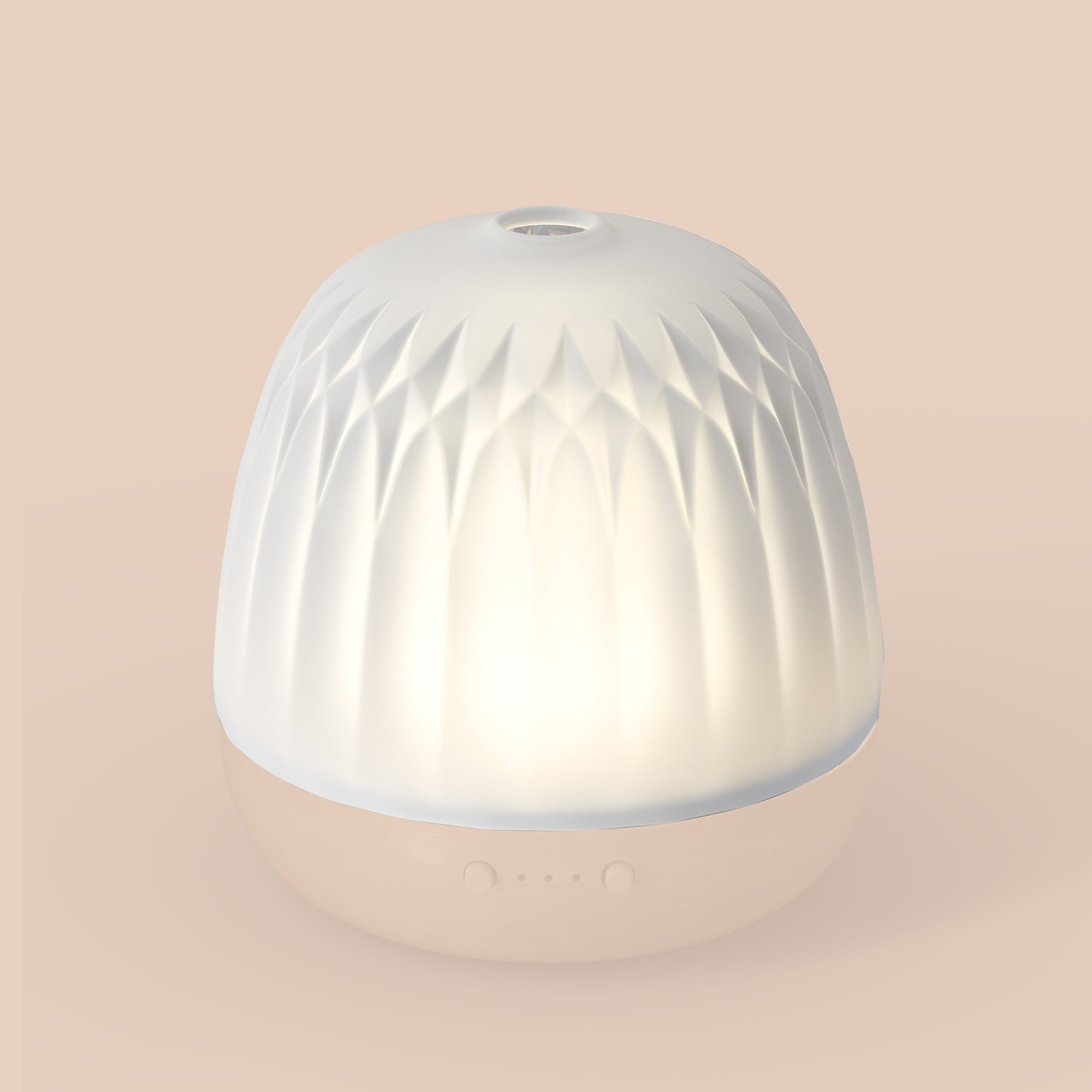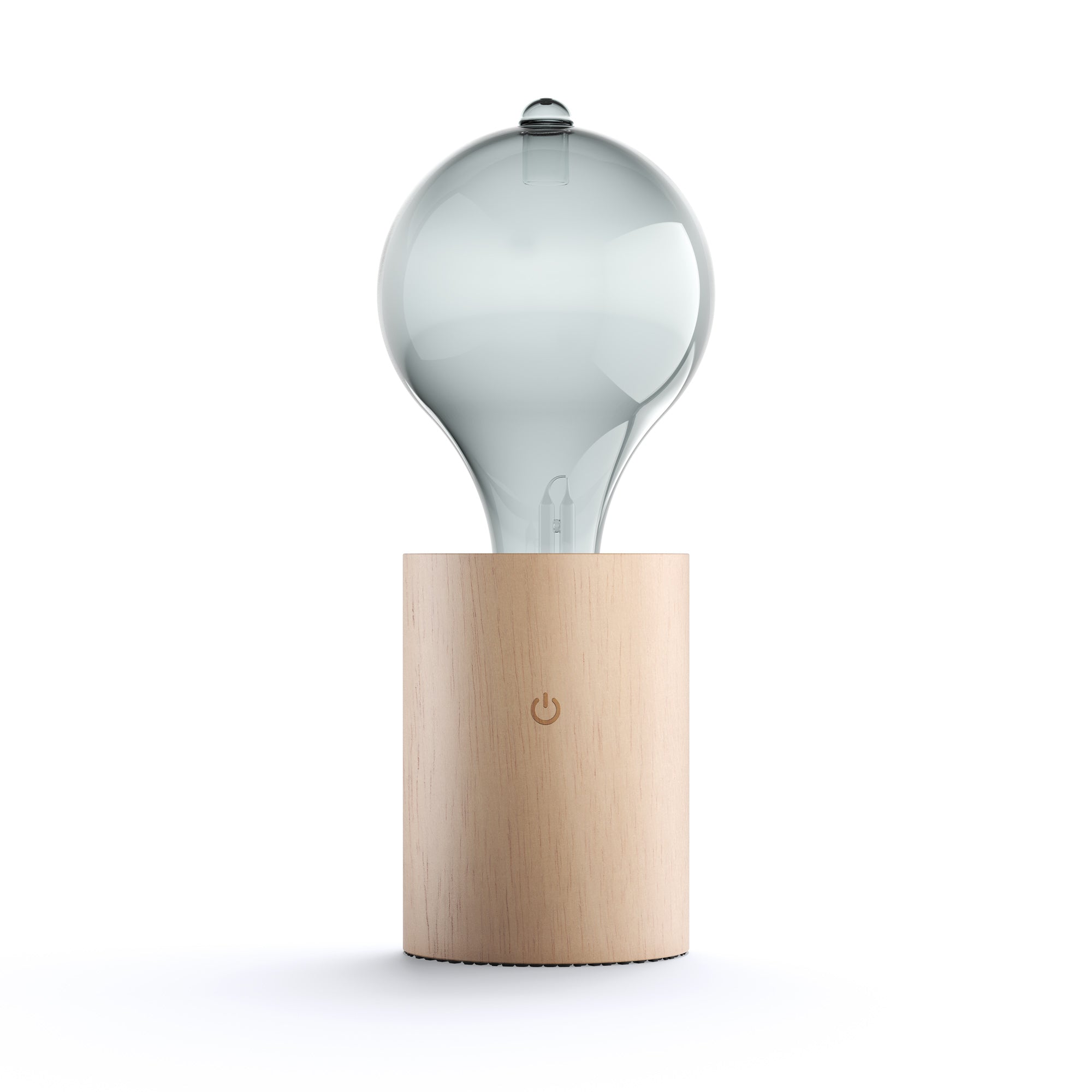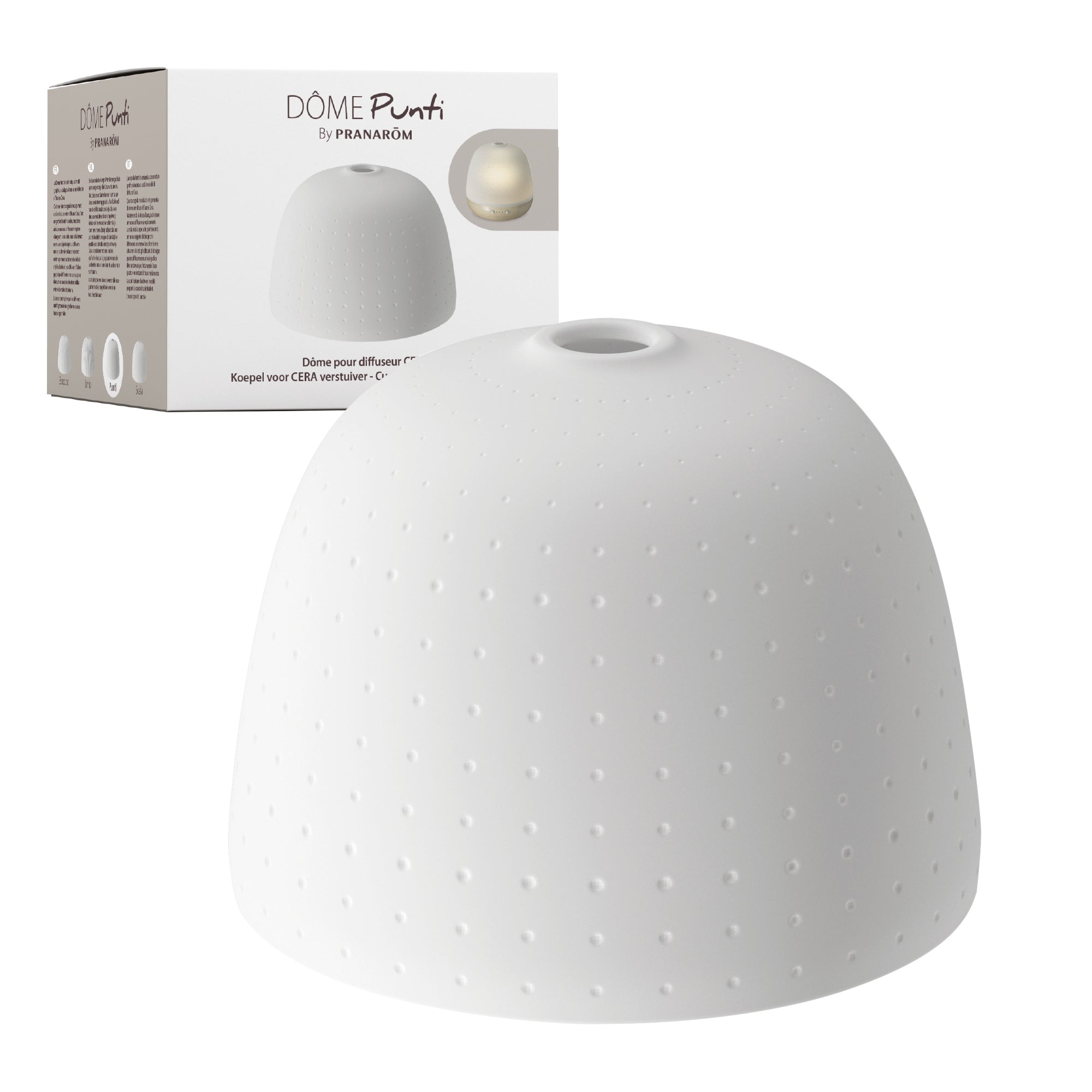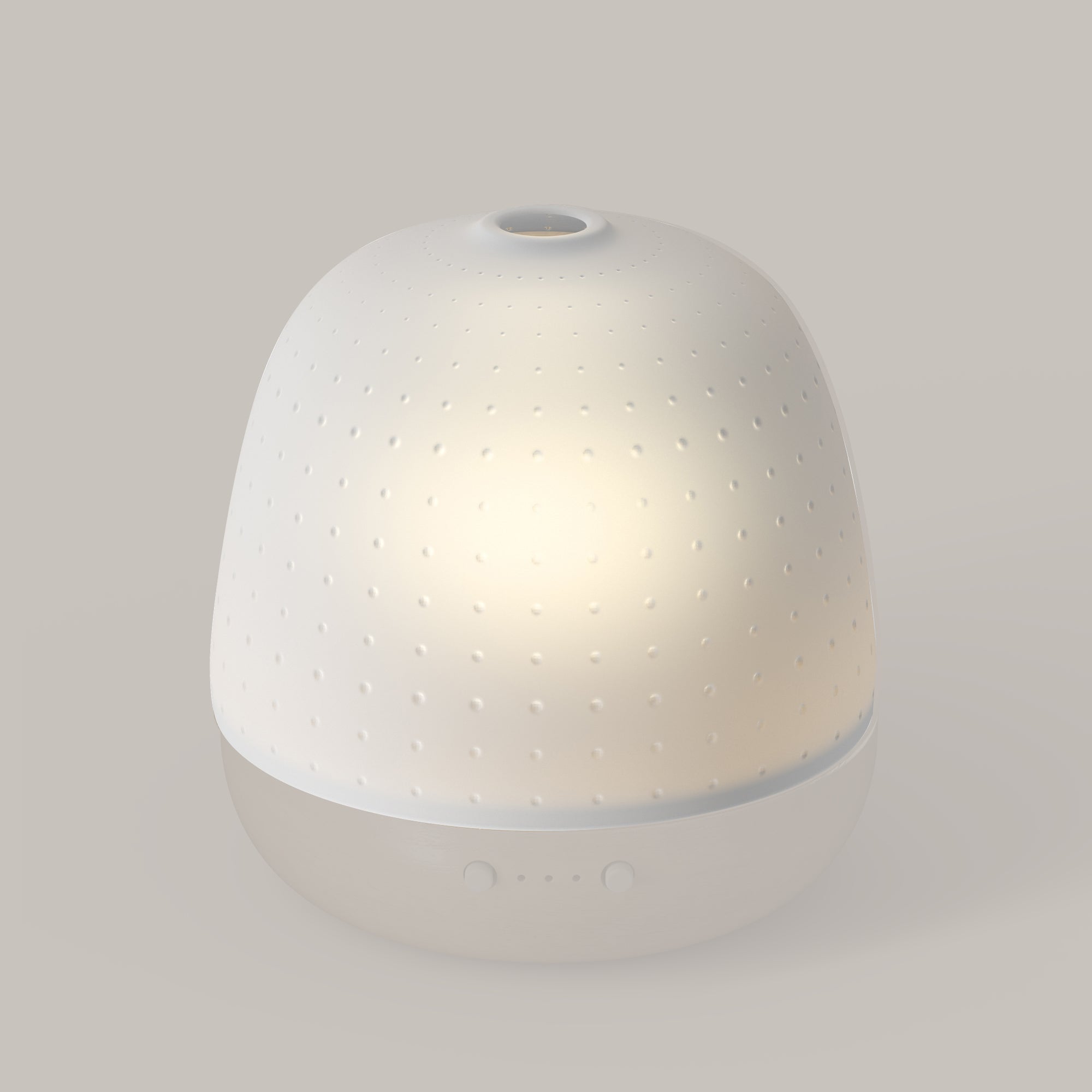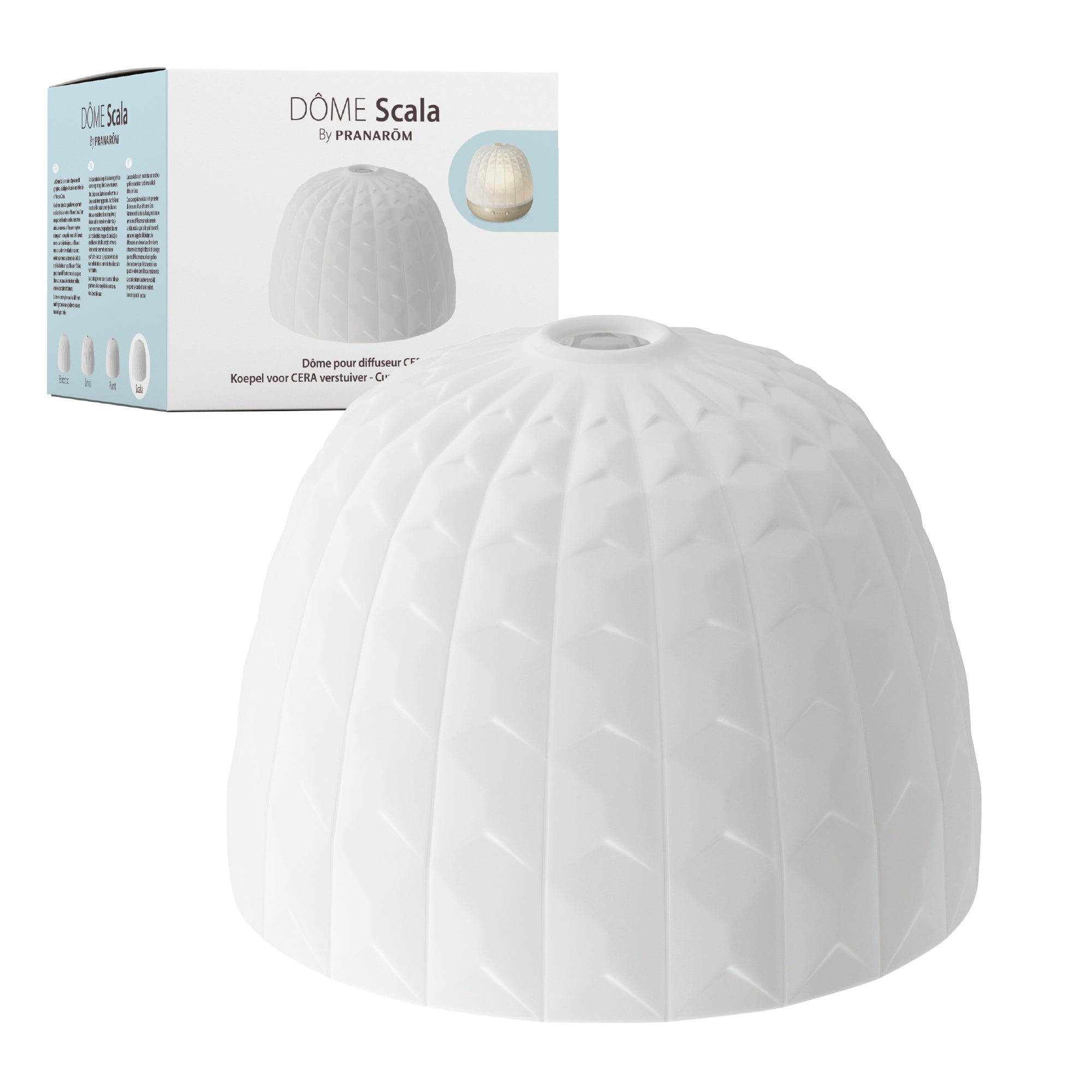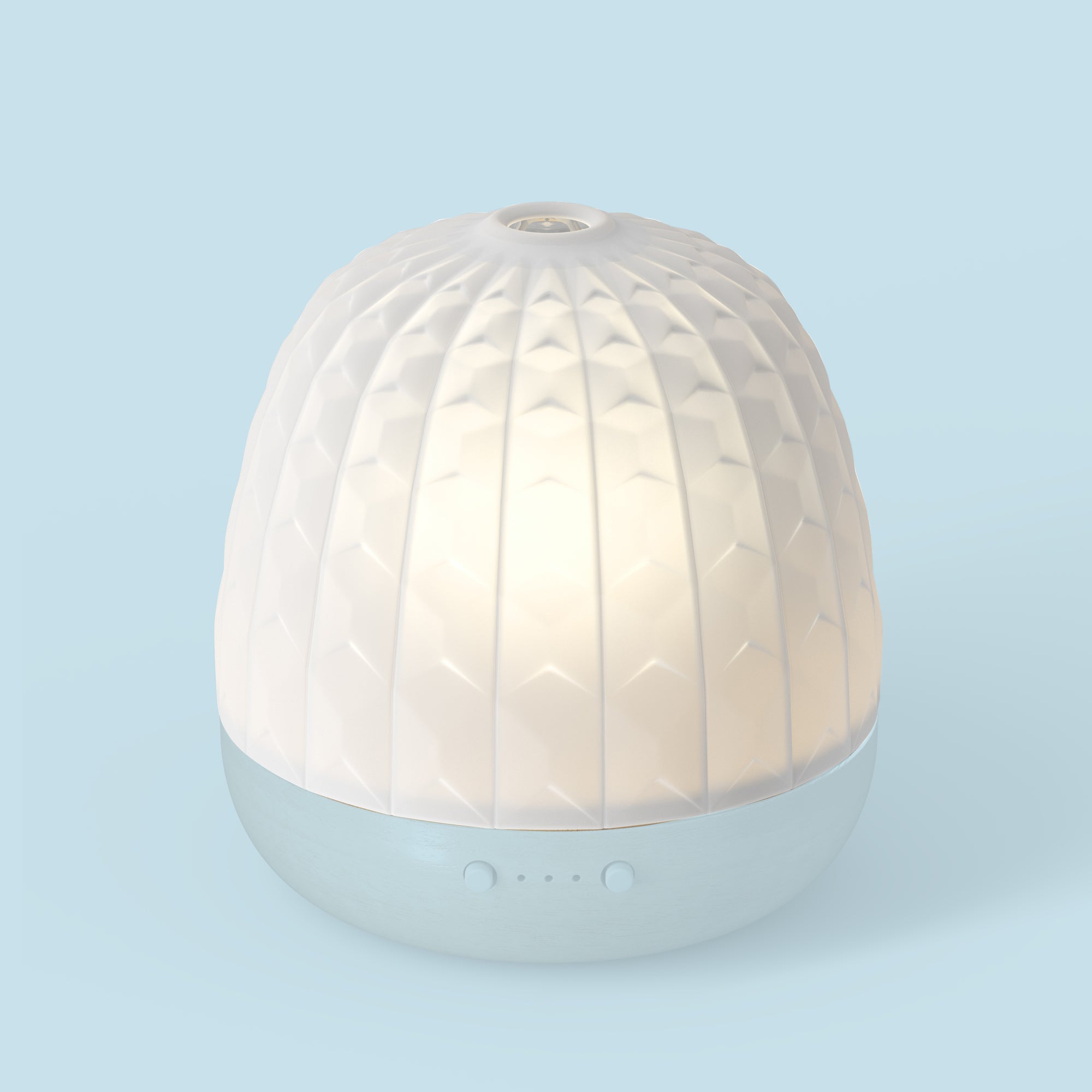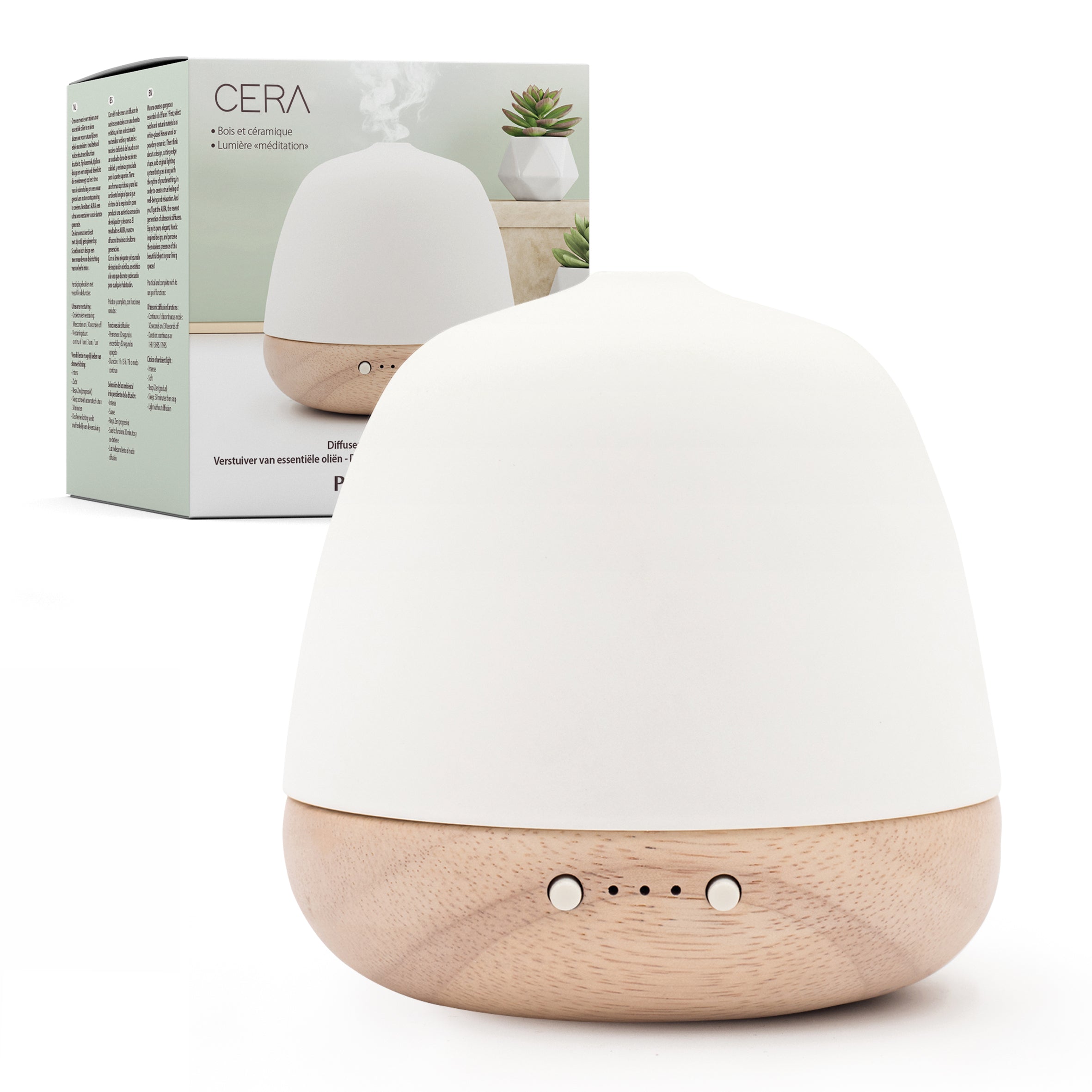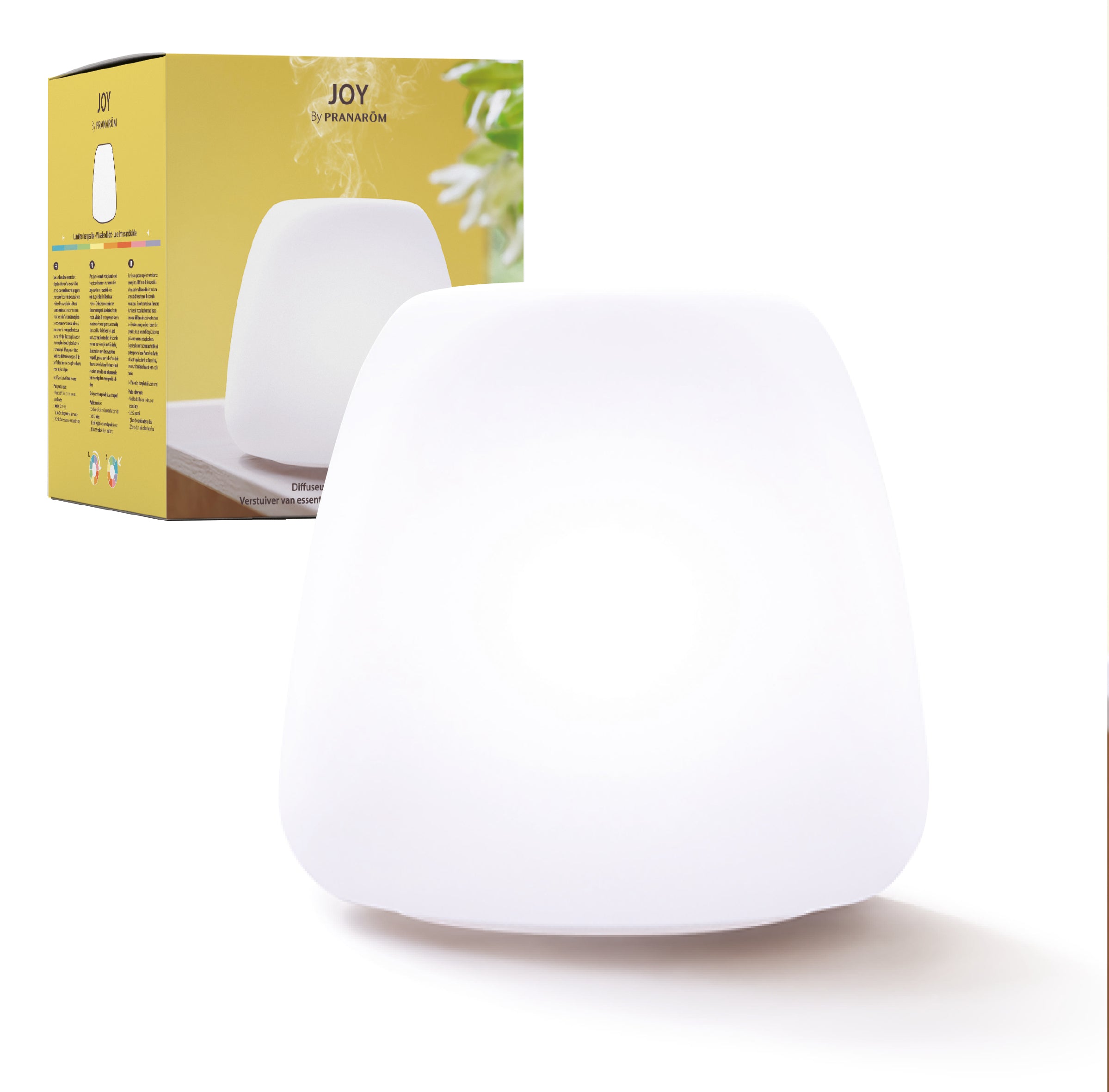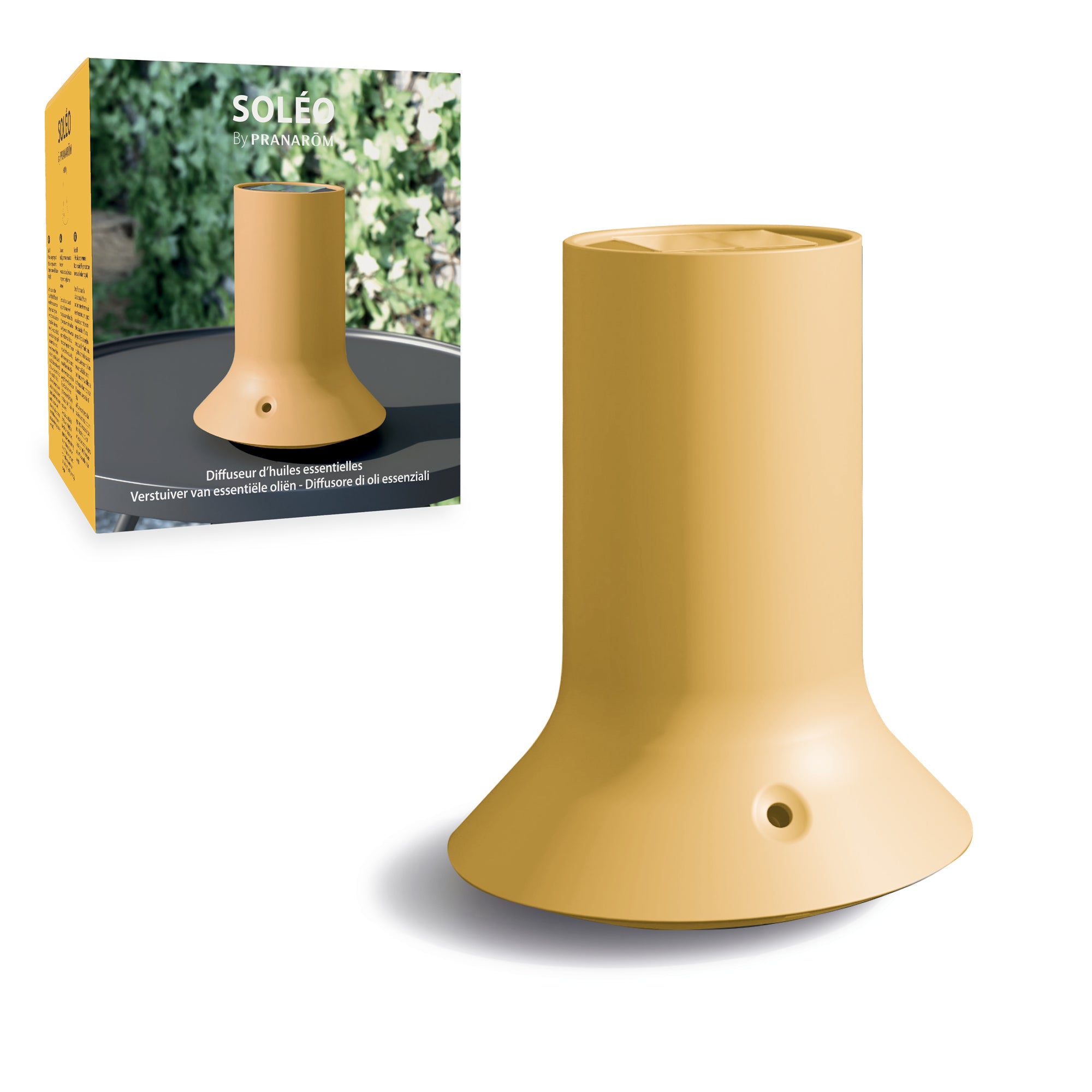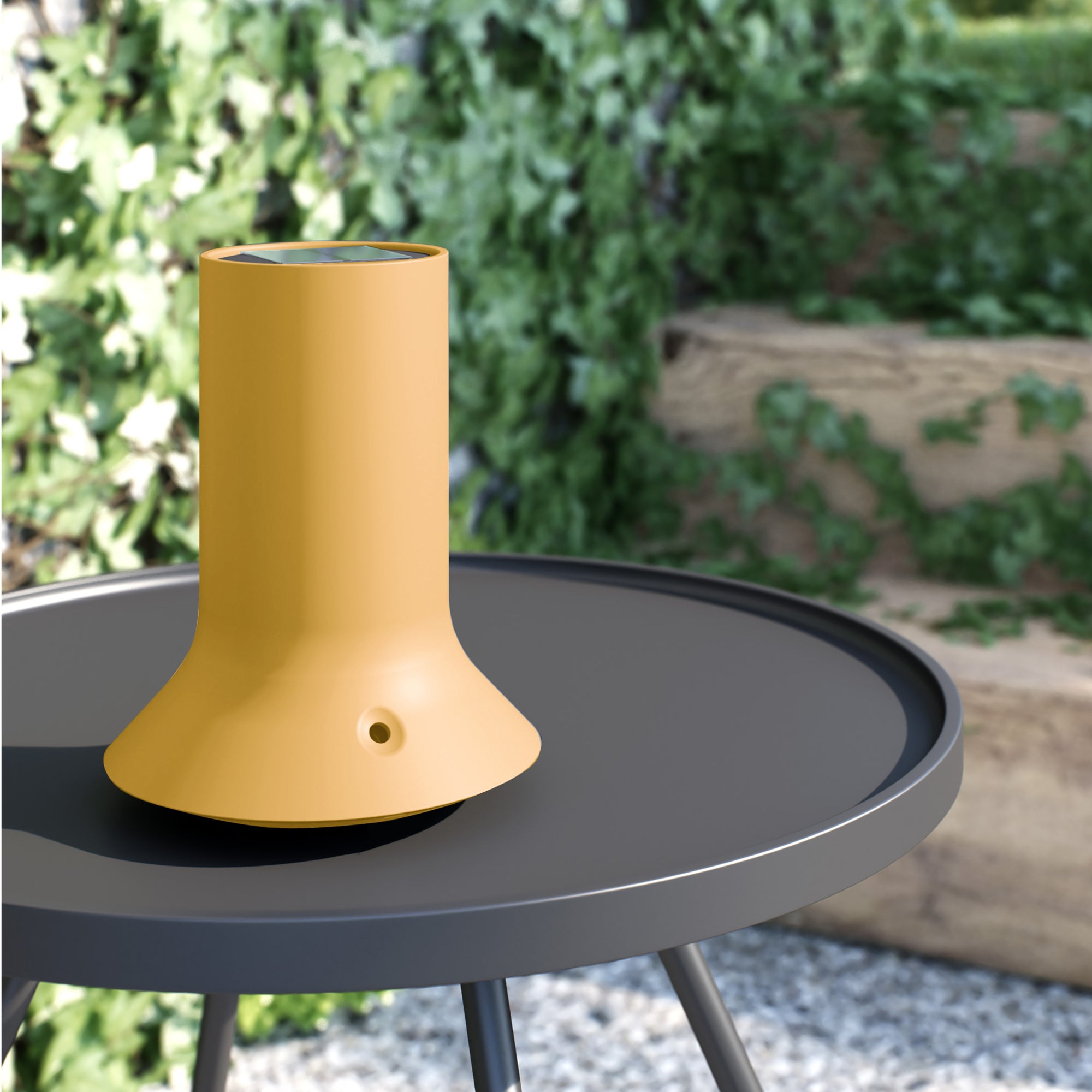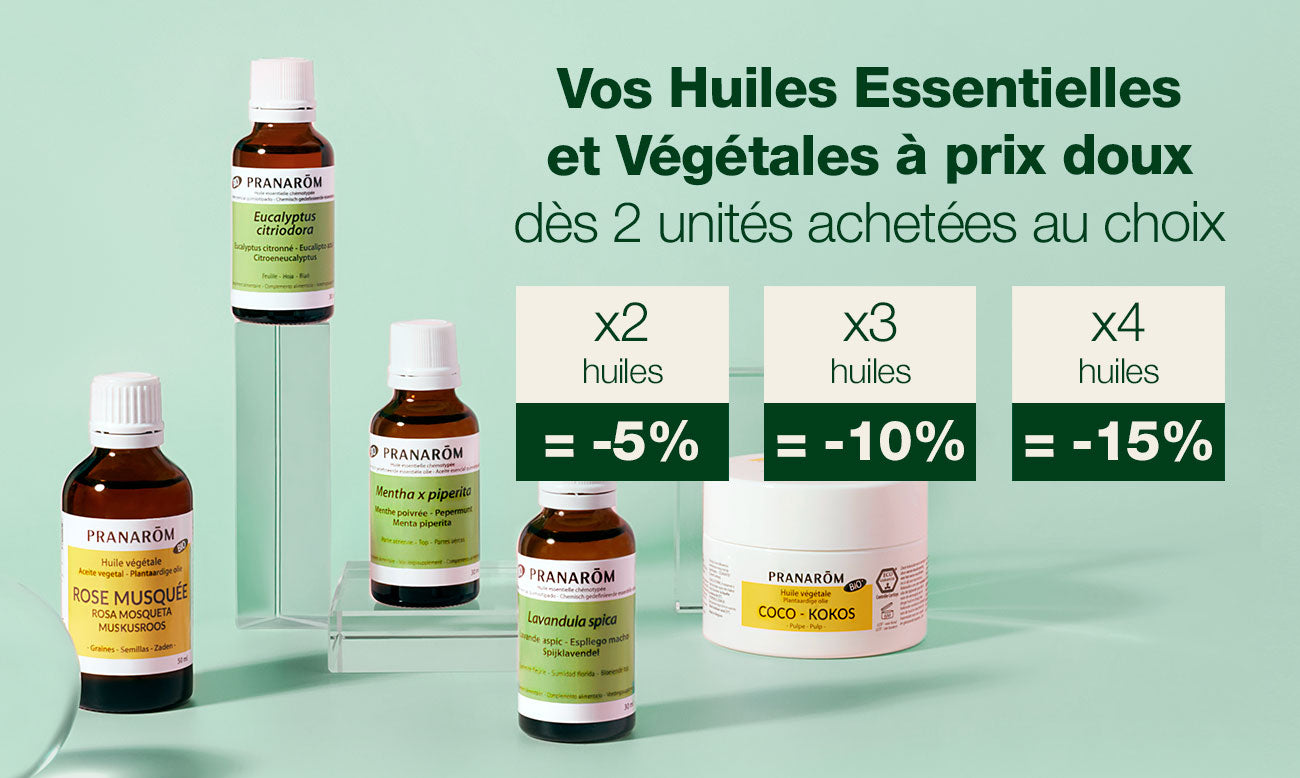Why use an Essential Oil diffuser?
The use of aessential oil diffuseris a popular method to enjoy all the health benefits of essential oils for the body and mind. These diffusers allow you to enjoy a pleasant scent, but also to promote well-being and indoor air quality. Different types of diffusion, essential oils to avoid, instructions for using youressential oil diffuser: Pranarom guides you step by step!
What is the best way to diffuse essential oils?
THEessential oil diffuserscome in several types, each with its own advantages:
- Nebulizing diffuser: it uses advanced technology to diffuse essential oil in the form of micro-particles without using heat. This type of diffusion preserves all the properties of essential oils.
- Ultrasonic diffuser: These diffusers create a fine mist of water and essential oils, ideal for smaller rooms. They are gentler and less concentrated than nebulizers.
- Soft heat diffuser: it gently heats the essential oil to release its fragrance. However, heat can alter some of the properties of the oils.
- Aromatherapy Fountains: combining water and essential oils, they offer a delicate fragrance and light humidification of the air.
Of all these methods, nebulization is often considered the most effective for apure and powerful diffusion of essential oils, without altering their properties. Another alternative: the use ofour hydrosolsin topical use for targeted and more precise use.
What essential oil can't be put in a diffuser?
When it comes to using aessential oil diffuser, it is crucial to know which oils should be avoided. Indeed, some essential oils are not made to be diffused into the air. Therefore, you should avoid:
- High viscosity oils: Some essential oils have a thicker or viscous consistency. Examples include sandalwood, myrrh, benzoin, and vetiver. These oils can clog diffusion mechanisms, not to mention that their high viscosity makes them more difficult to evaporate.
- Phototoxic oils: Essential oils extracted from certain citrus fruits (such as lemon, bergamot, lime, and grapefruit) can be phototoxic. This means that they can cause skin reactions when skin exposed to these oils is then exposed to sunlight or UV rays.
- Irritating oils: some essential oils should be used with caution and in low concentrations when inhaled (cinnamon, clove, eucalyptus, thyme, oregano and camphor rosemary).
If you want to benefit from the benefits of these oils, we recommend skin application withour vegetable oils100% natural.
How to put essential oil in a diffuser?
On Pranarom, you will find a wide selection of diffusers for all budgets and needs. The advantage is that using an essential oil diffuser is very simple! Here are the main steps:
- Fill the tank: if your diffuser uses water, fill the tank with clean water, ideally demineralized or distilled.
- Add the essential oil: put a few drops of one ofour essential oilsin the tank. The amount depends on the size of the room and the desired fragrance intensity.
- Turn on the diffuser: activate the essential oil diffuser and set the timer.
- Regular cleaning: clean your diffuser regularly to avoid any obstruction or build-up of residue.
What is the best nebulizing diffuser?
When it comes to choosing thebest essential oil diffuser by nebulization, several factors come into play:
- manufacturing quality;
- broadcast capacity;
- the price;
- sustainability.
At Pranarom, we guarantee you the highest quality of diffusers: the good reviews from our customers speak for themselves! You will find the essential oil diffuser perfectly suited to your needs, alone or in a kit. In addition, also discoverour finished productsto take care of your skin or alleviate specific symptoms.

